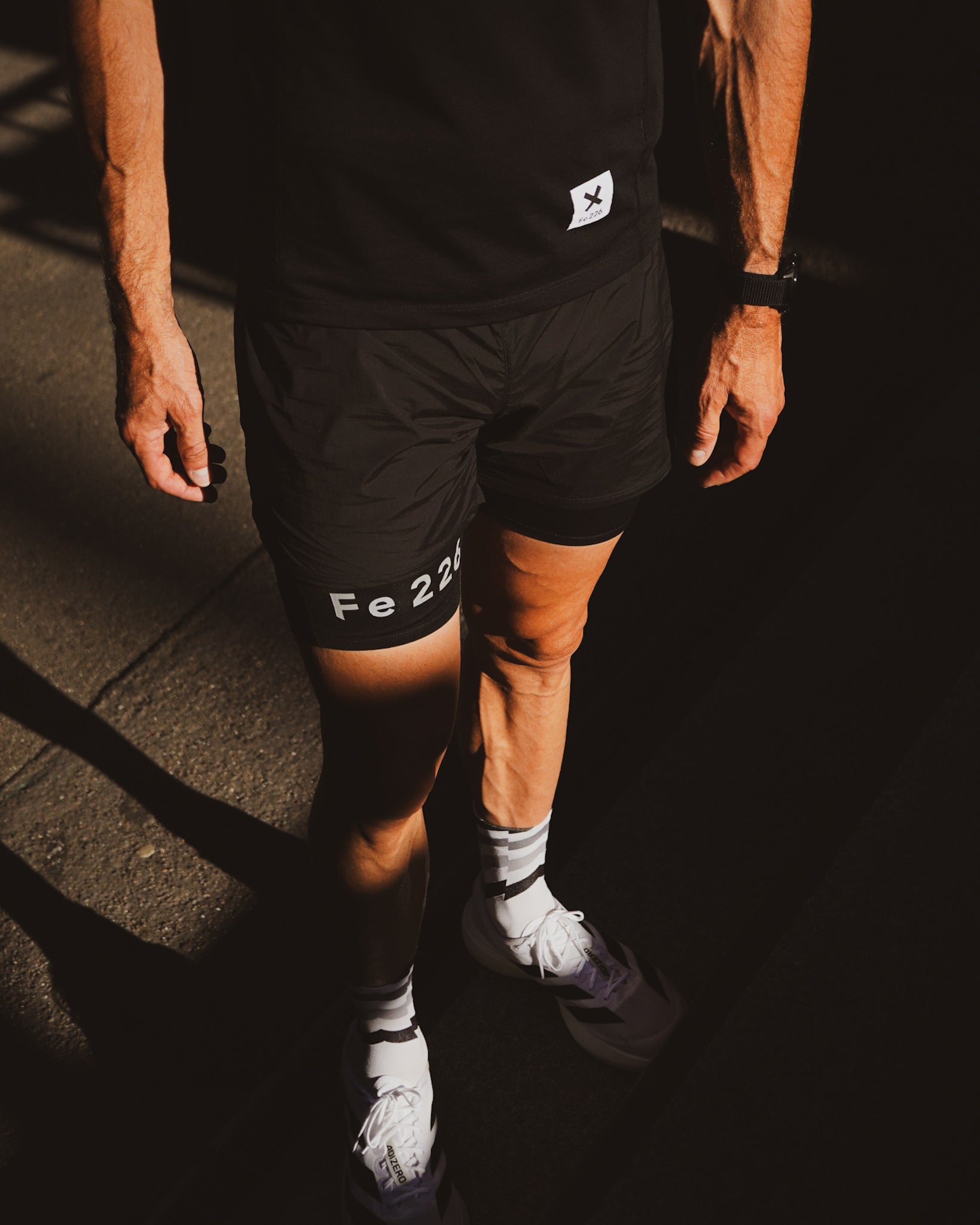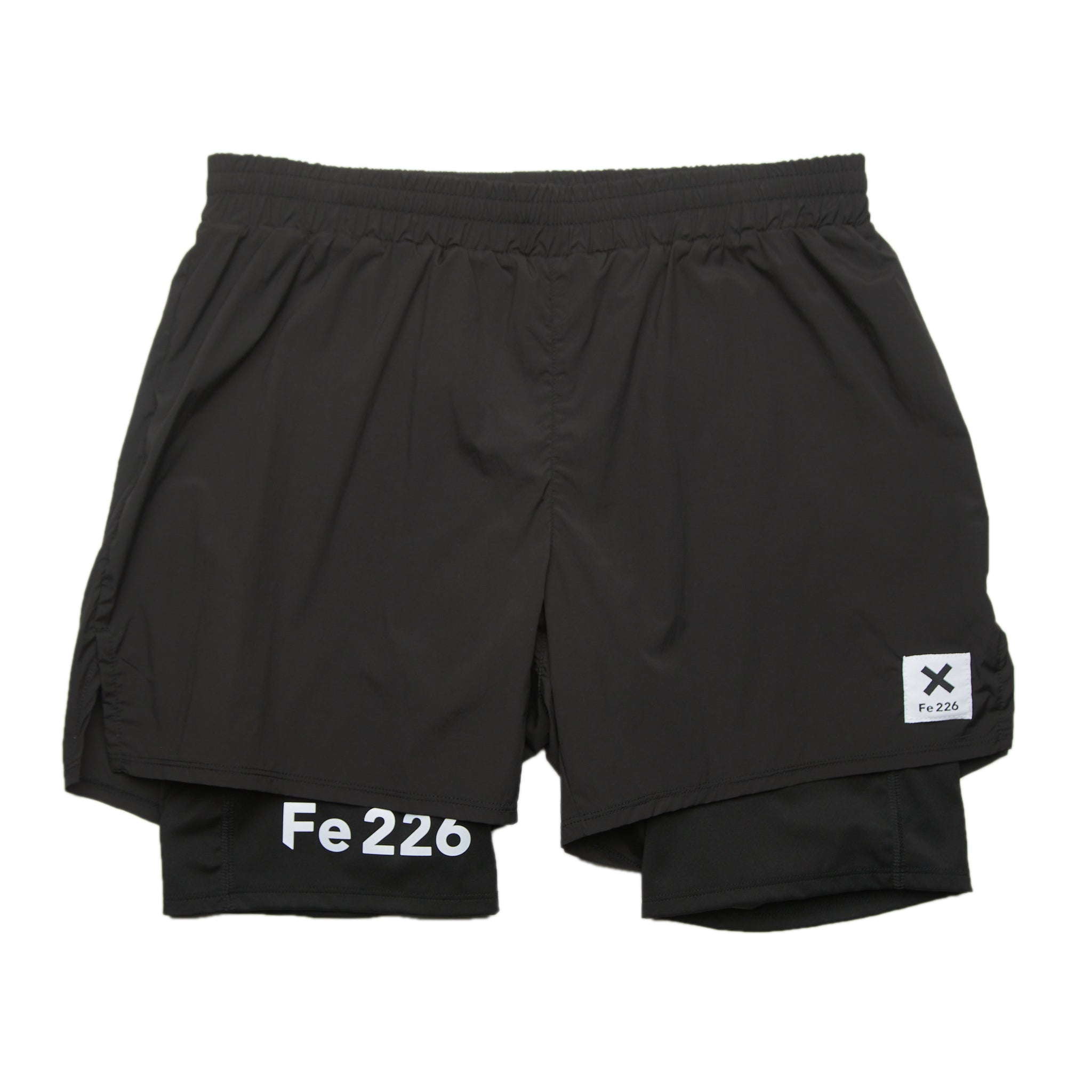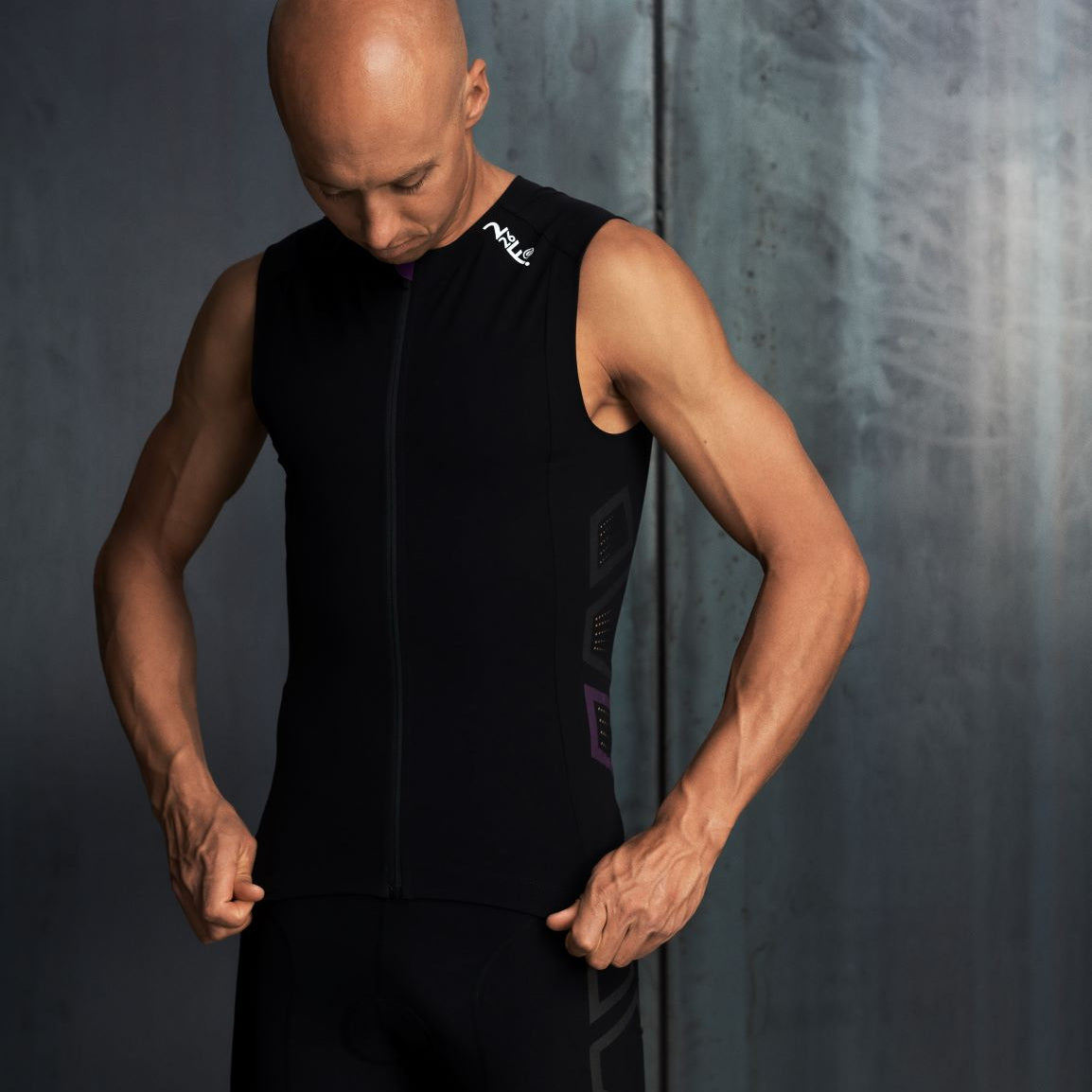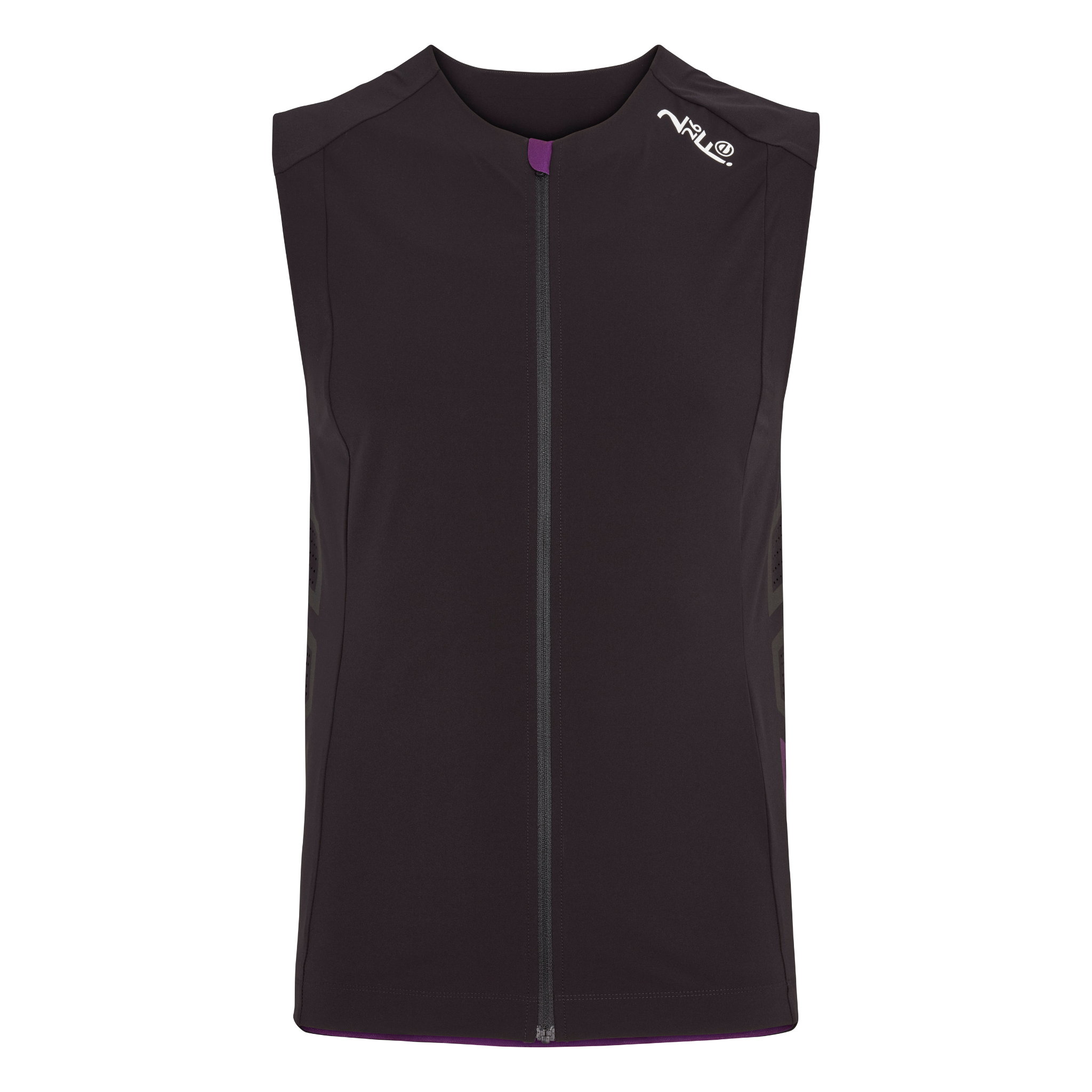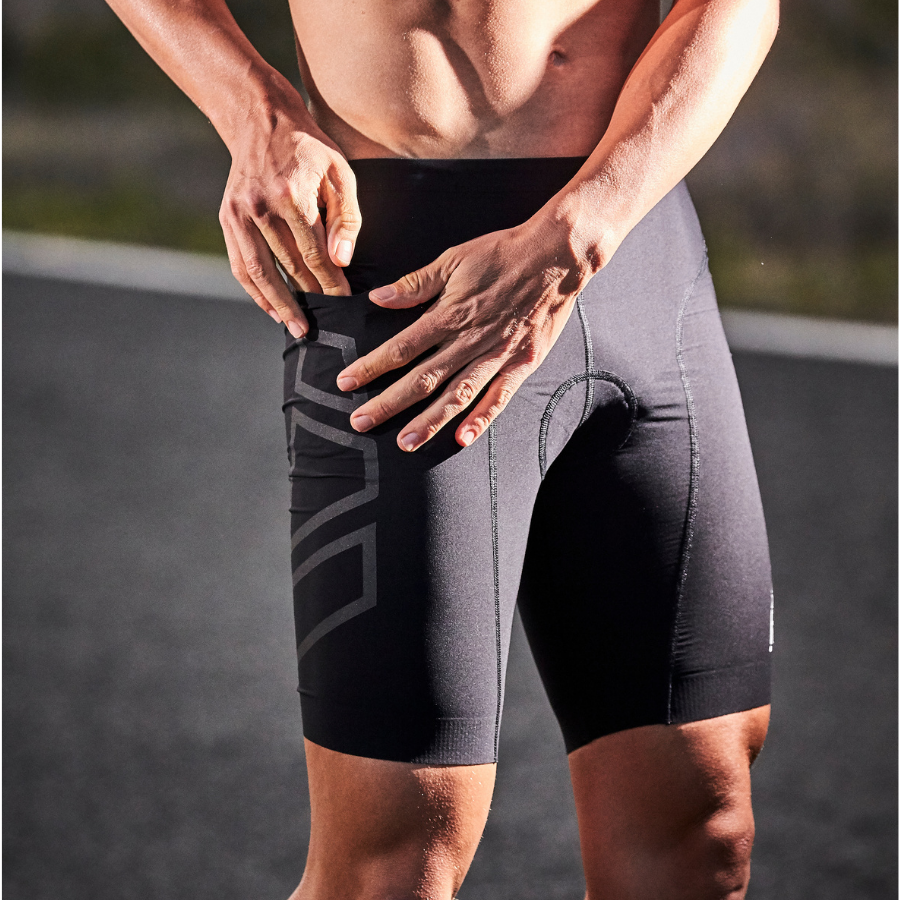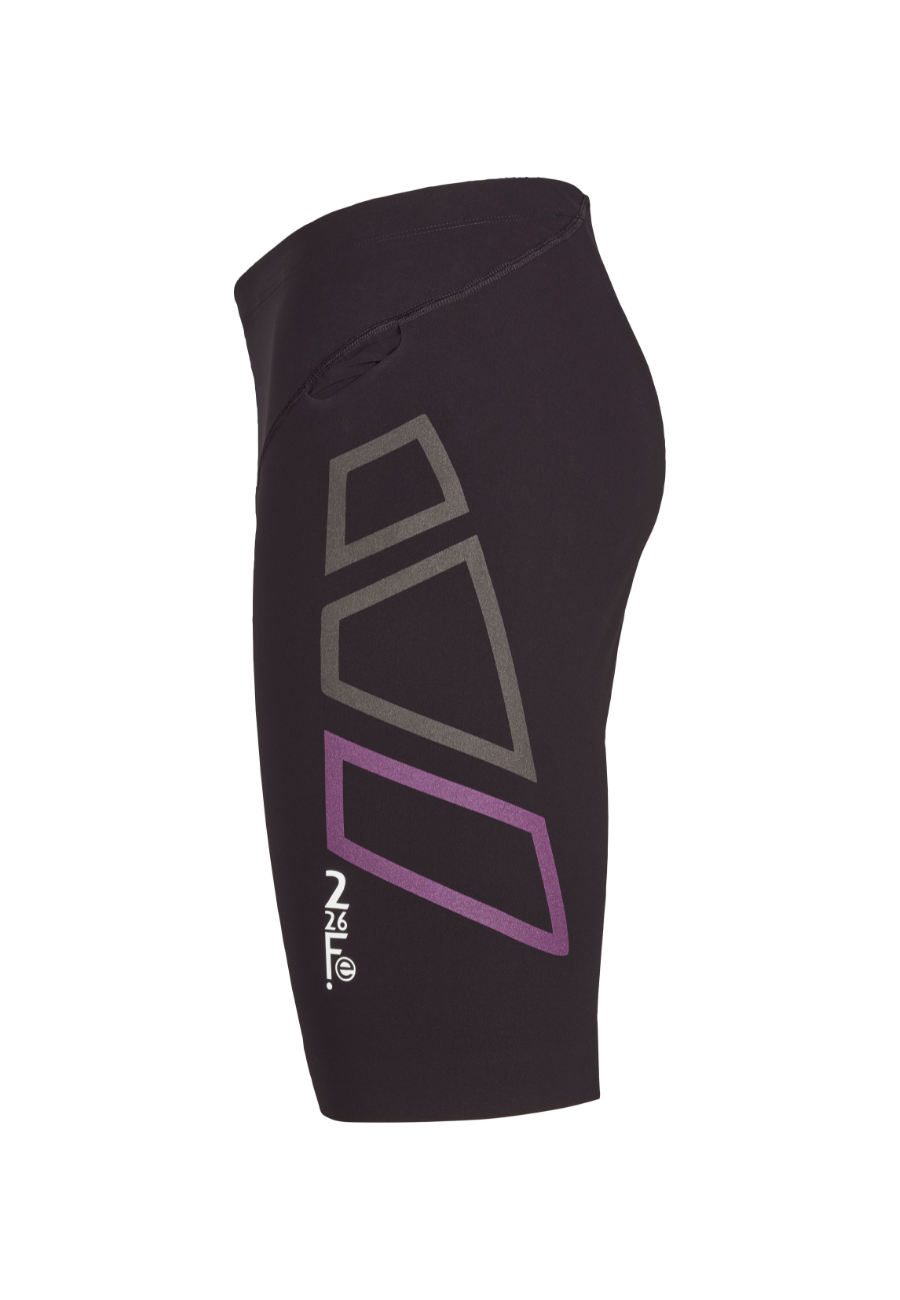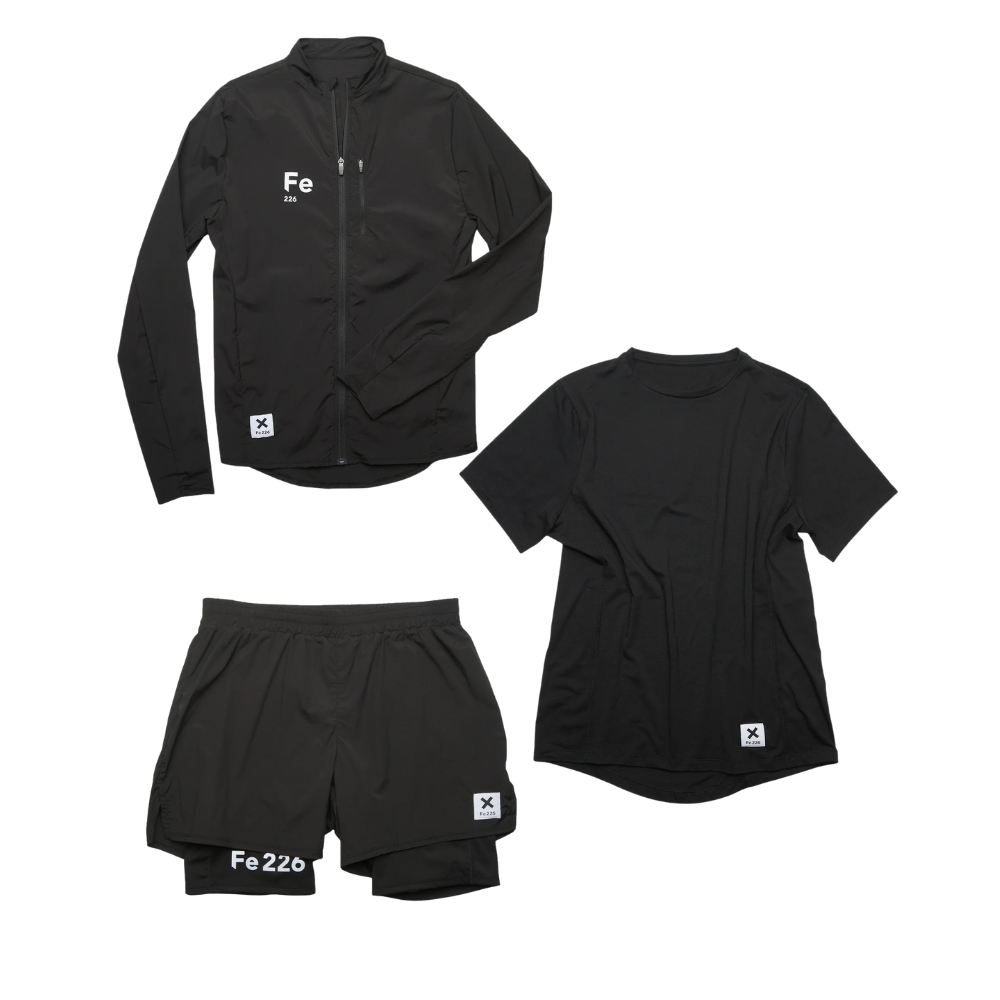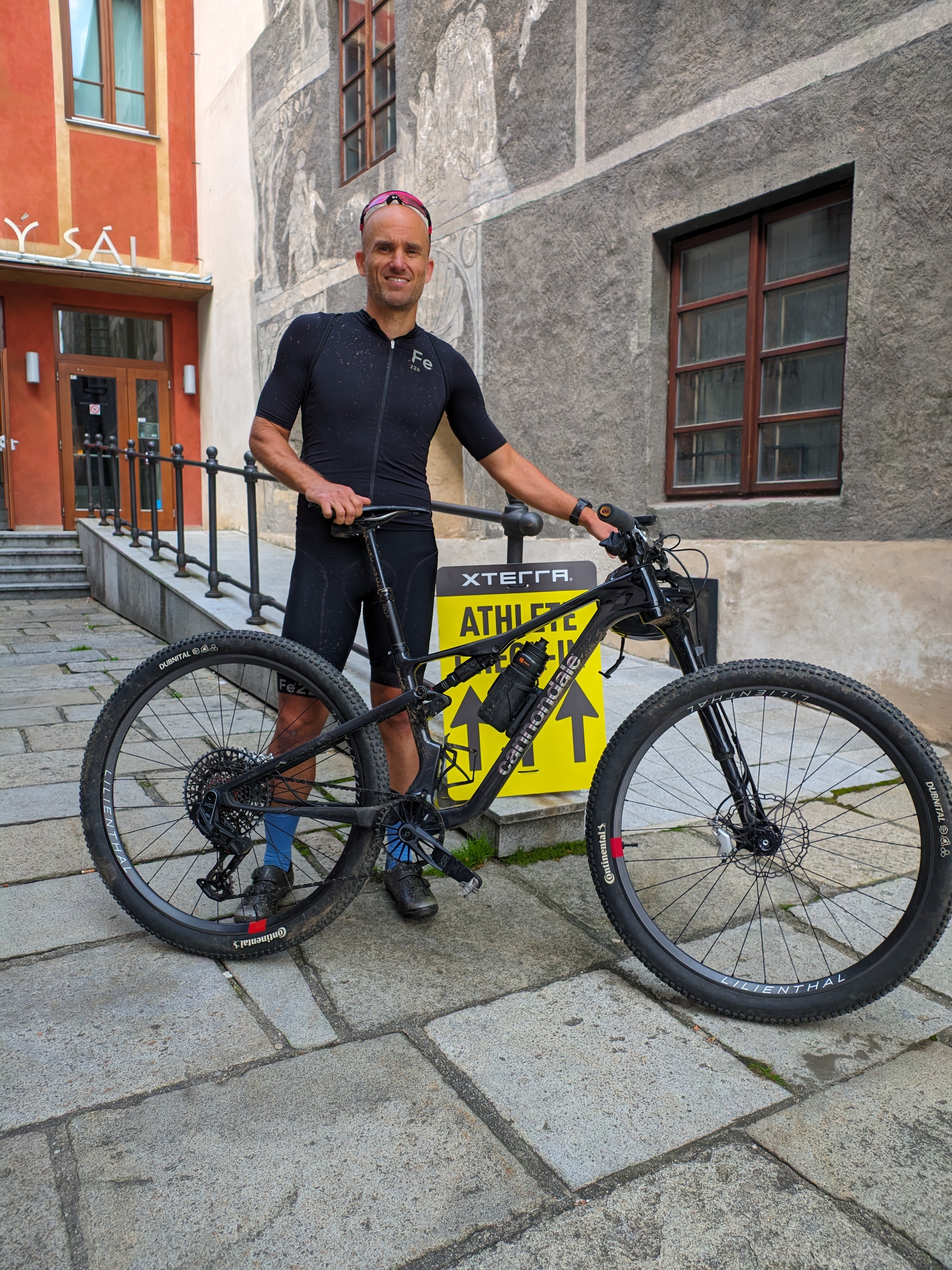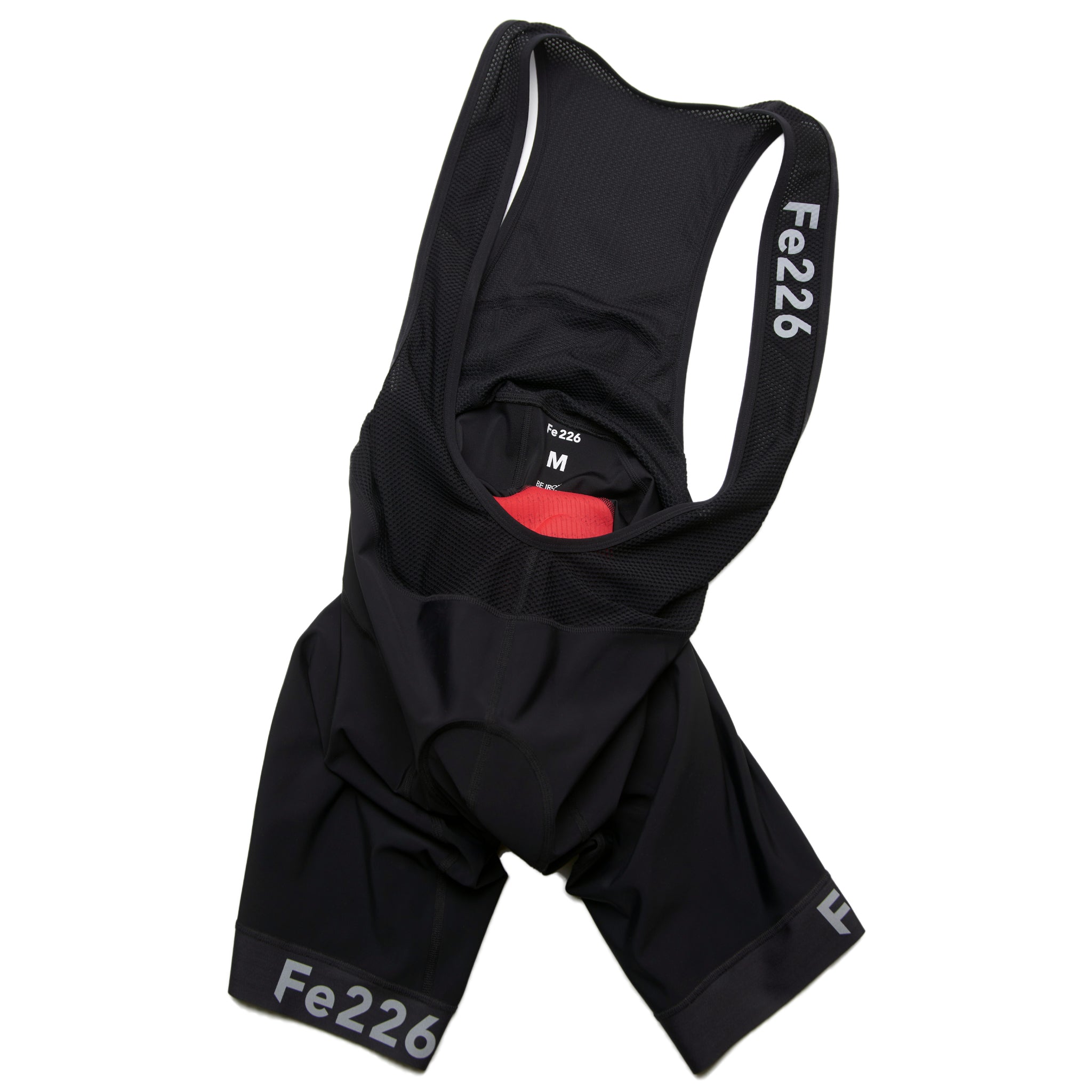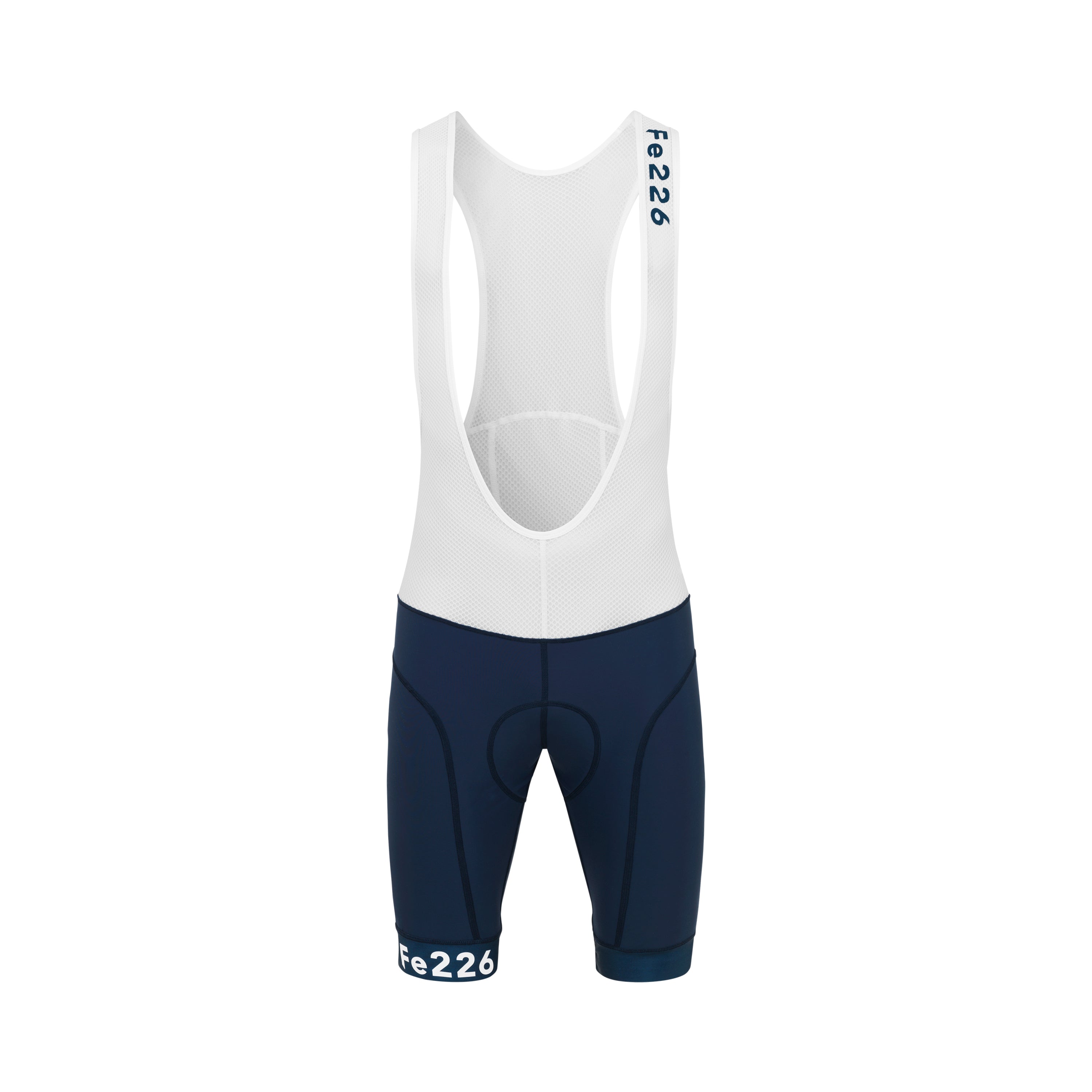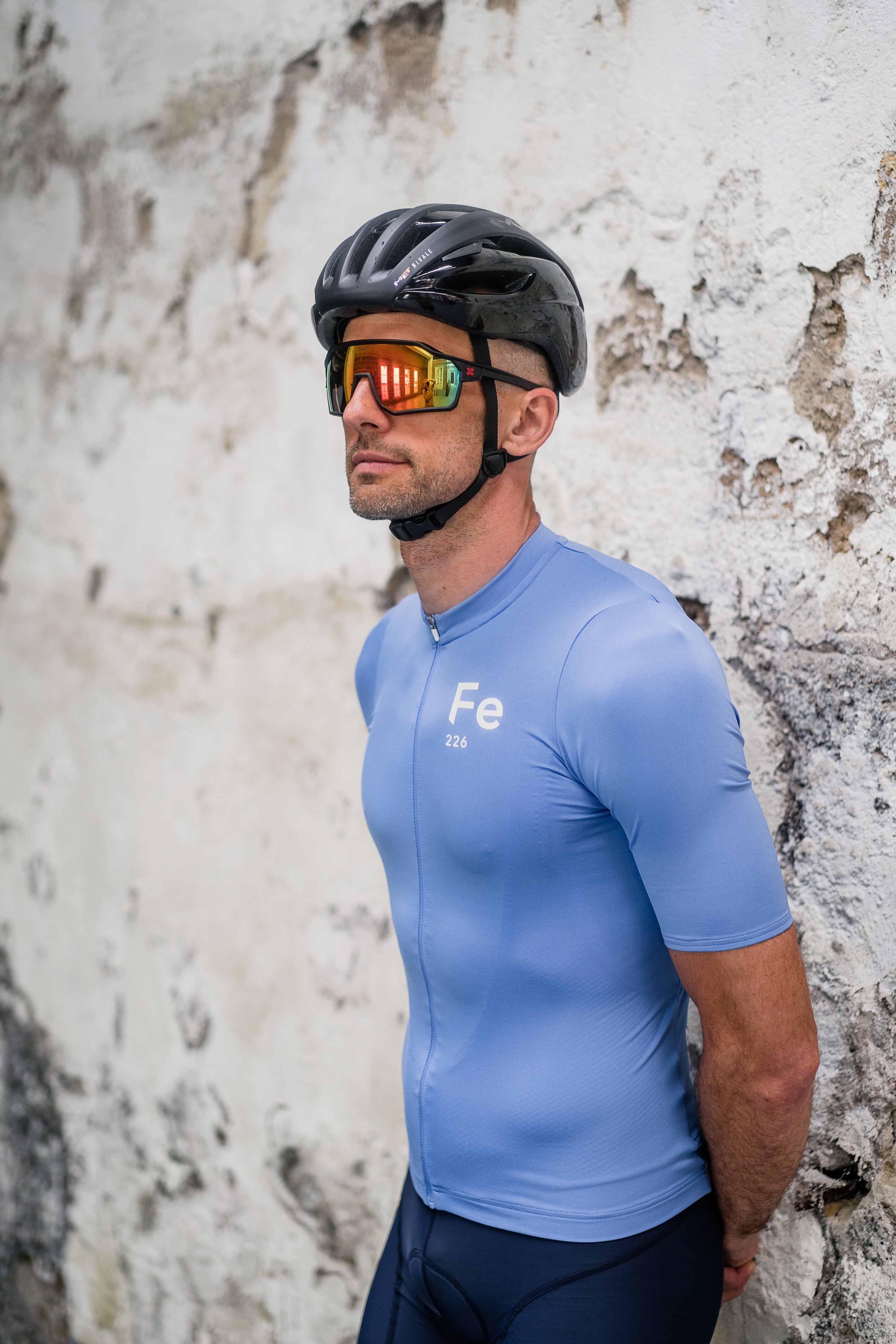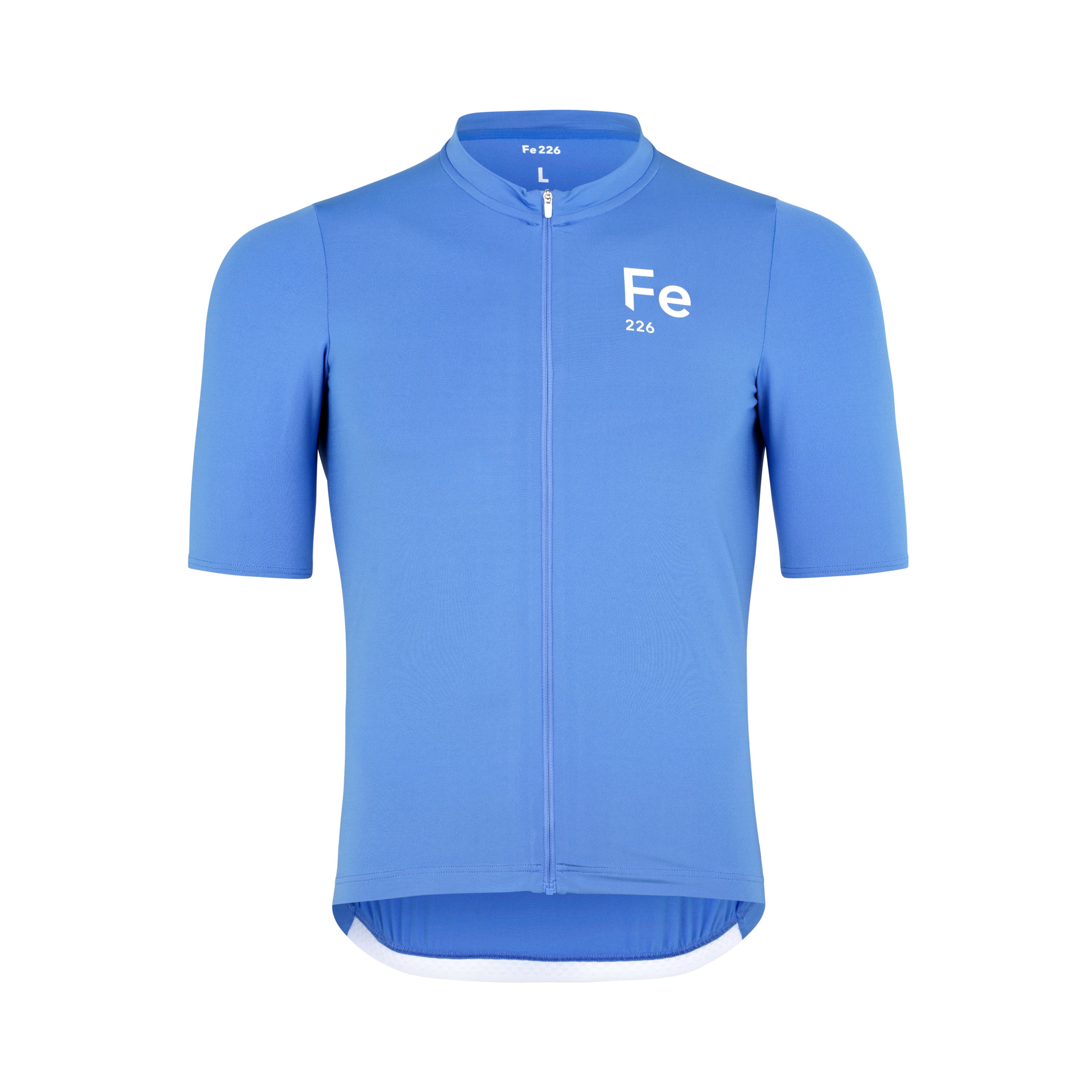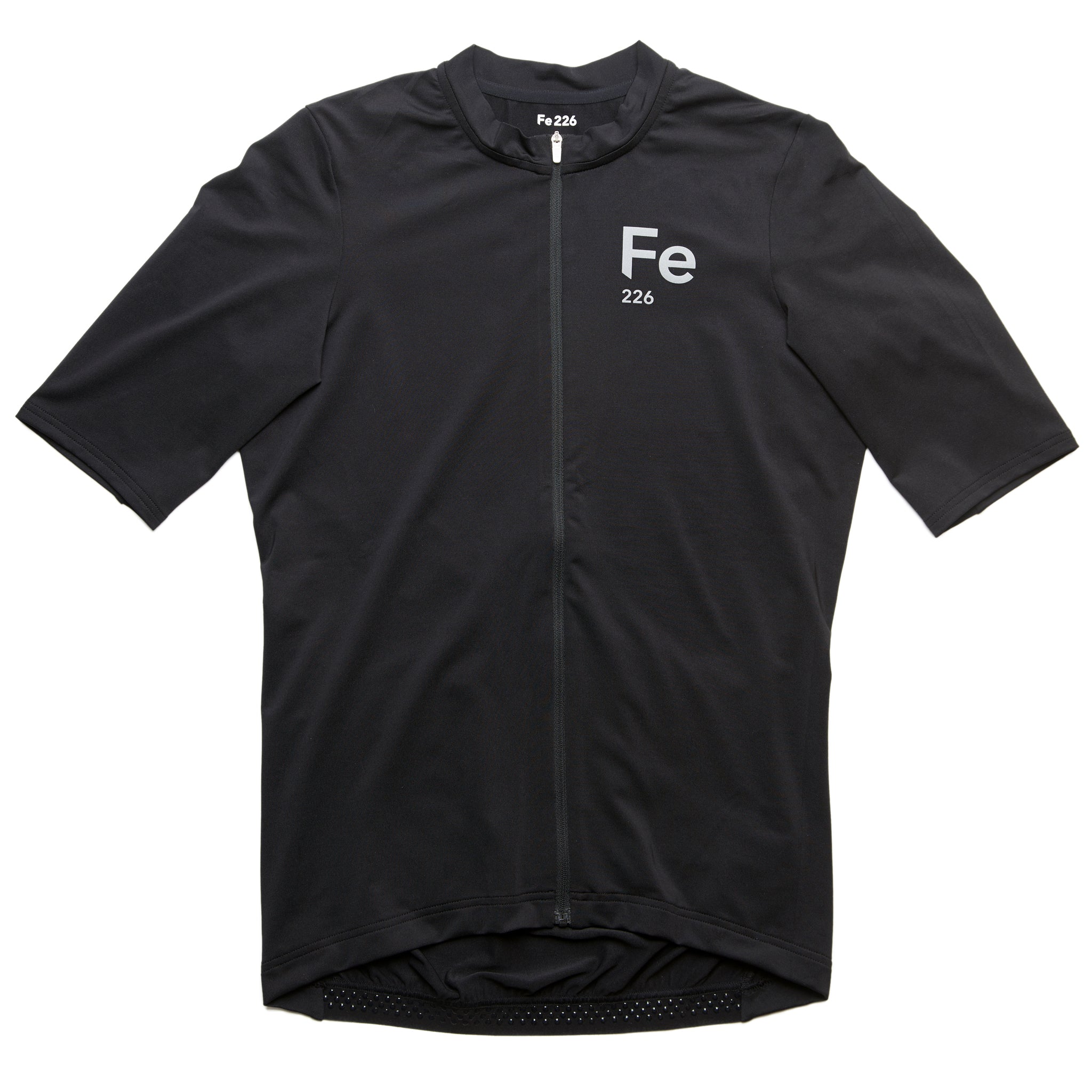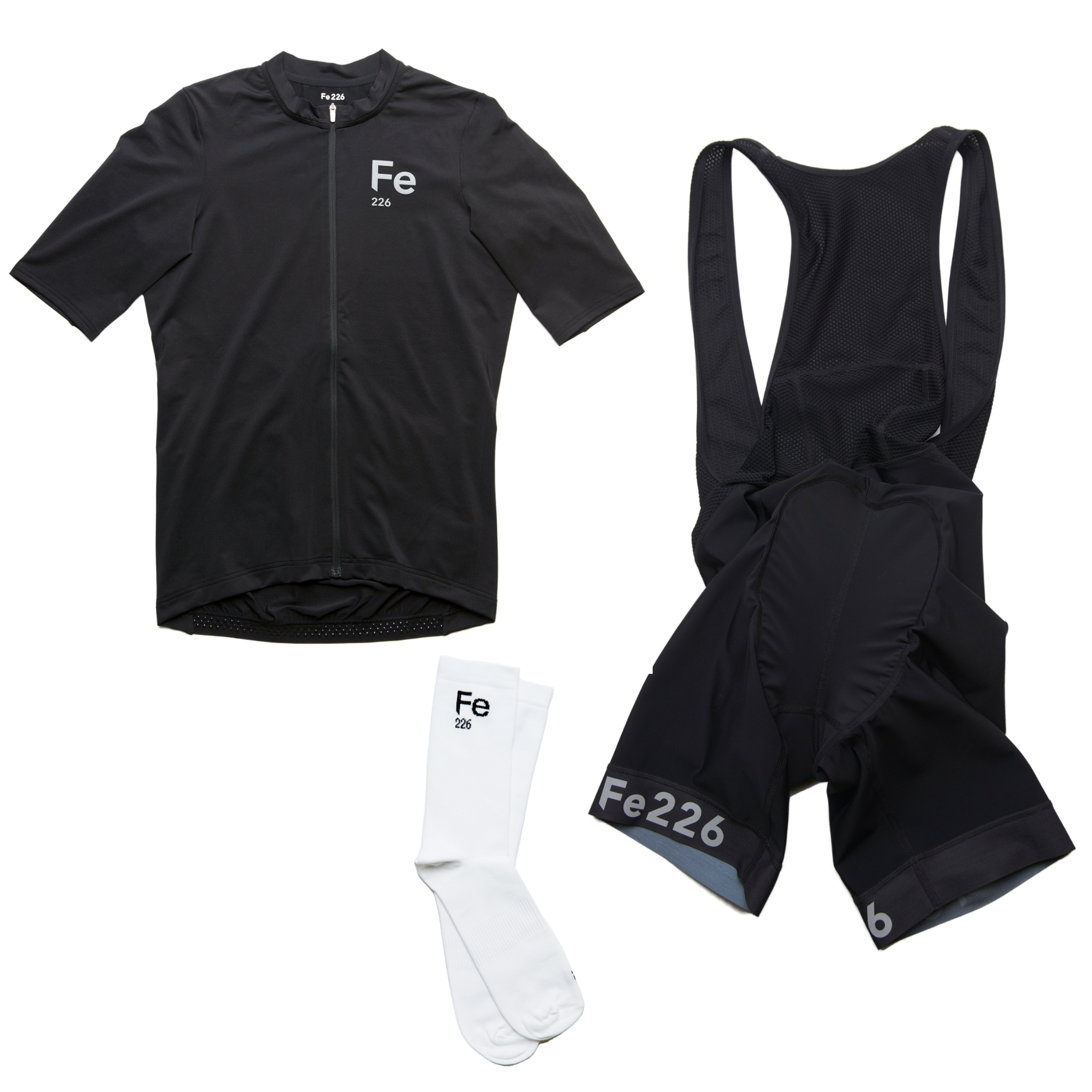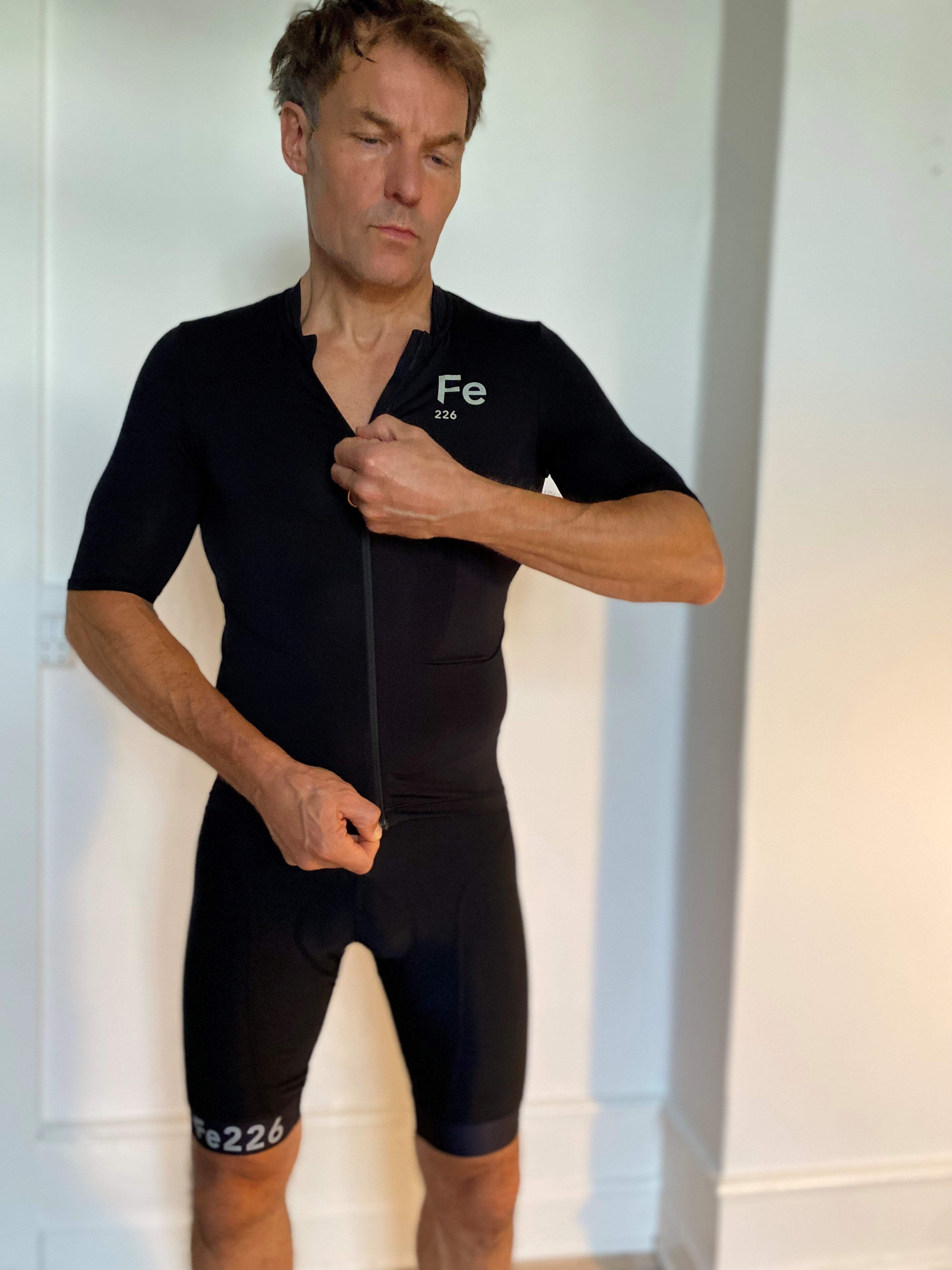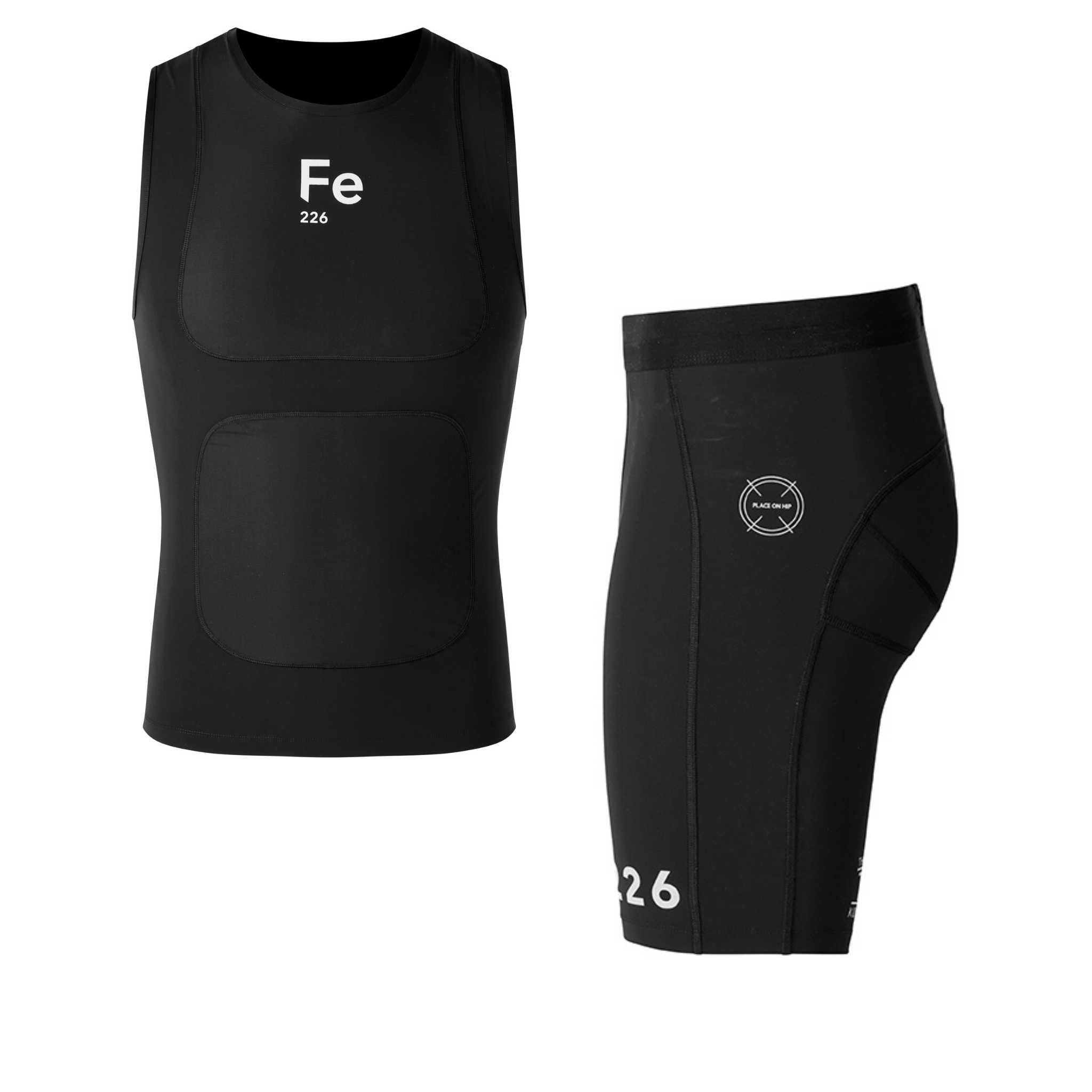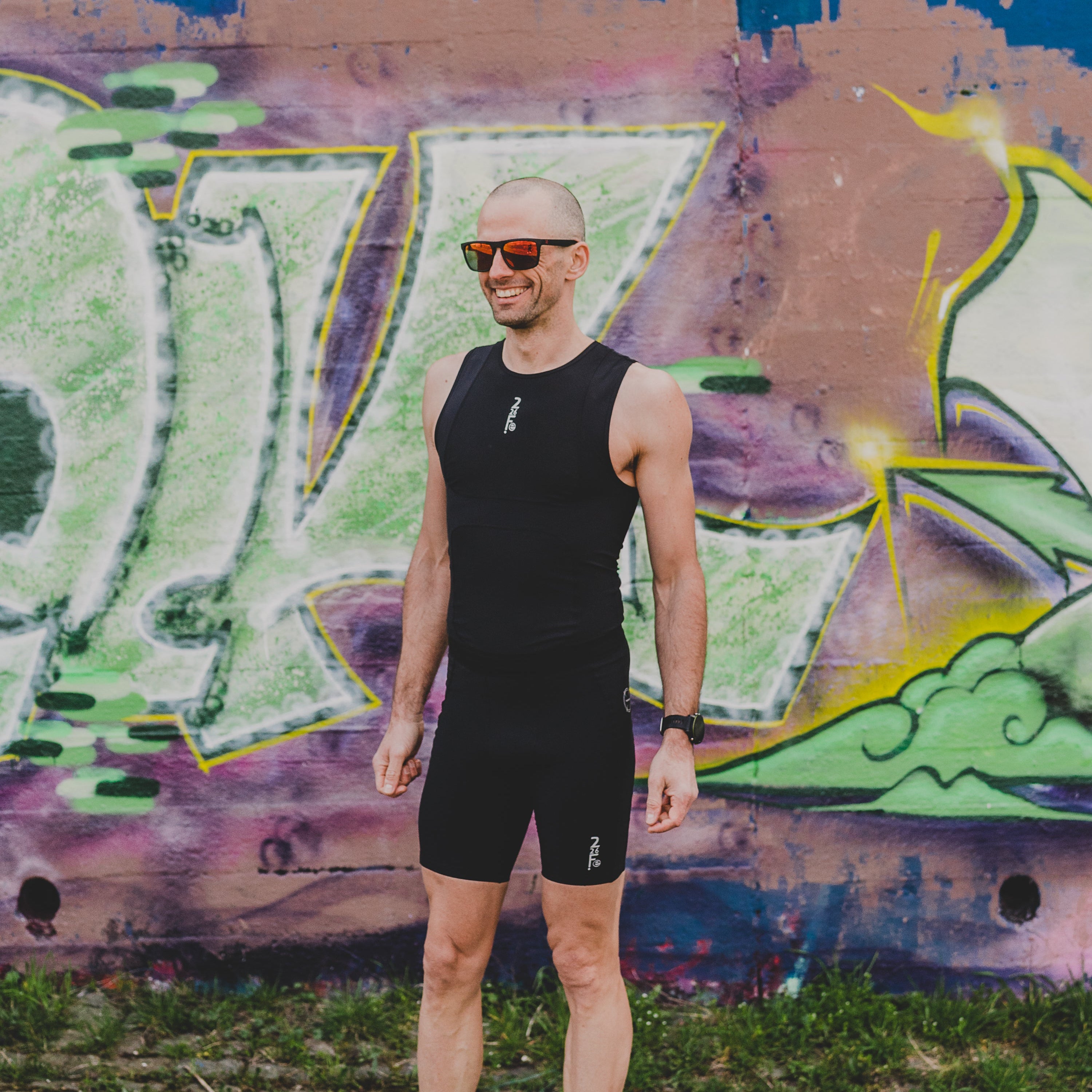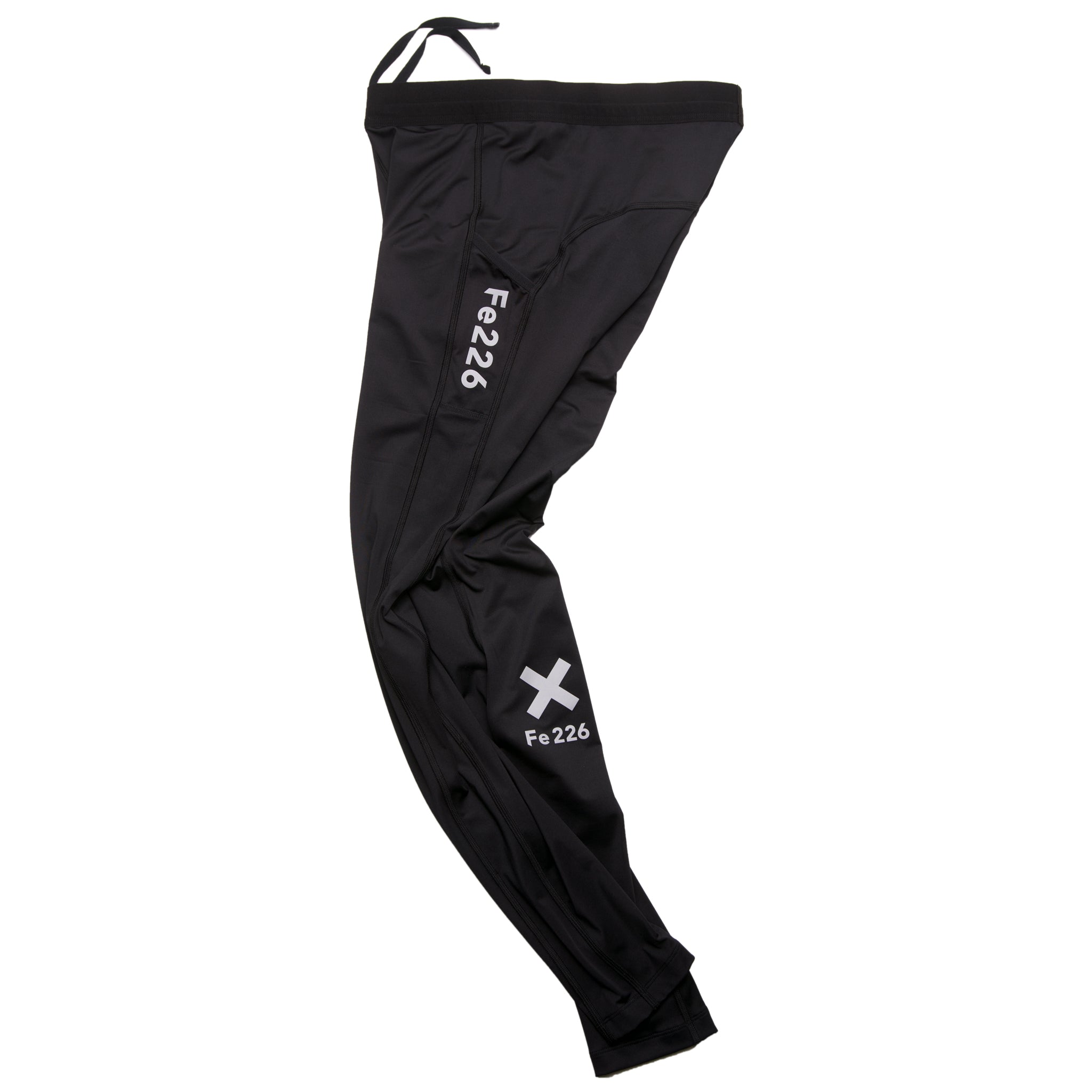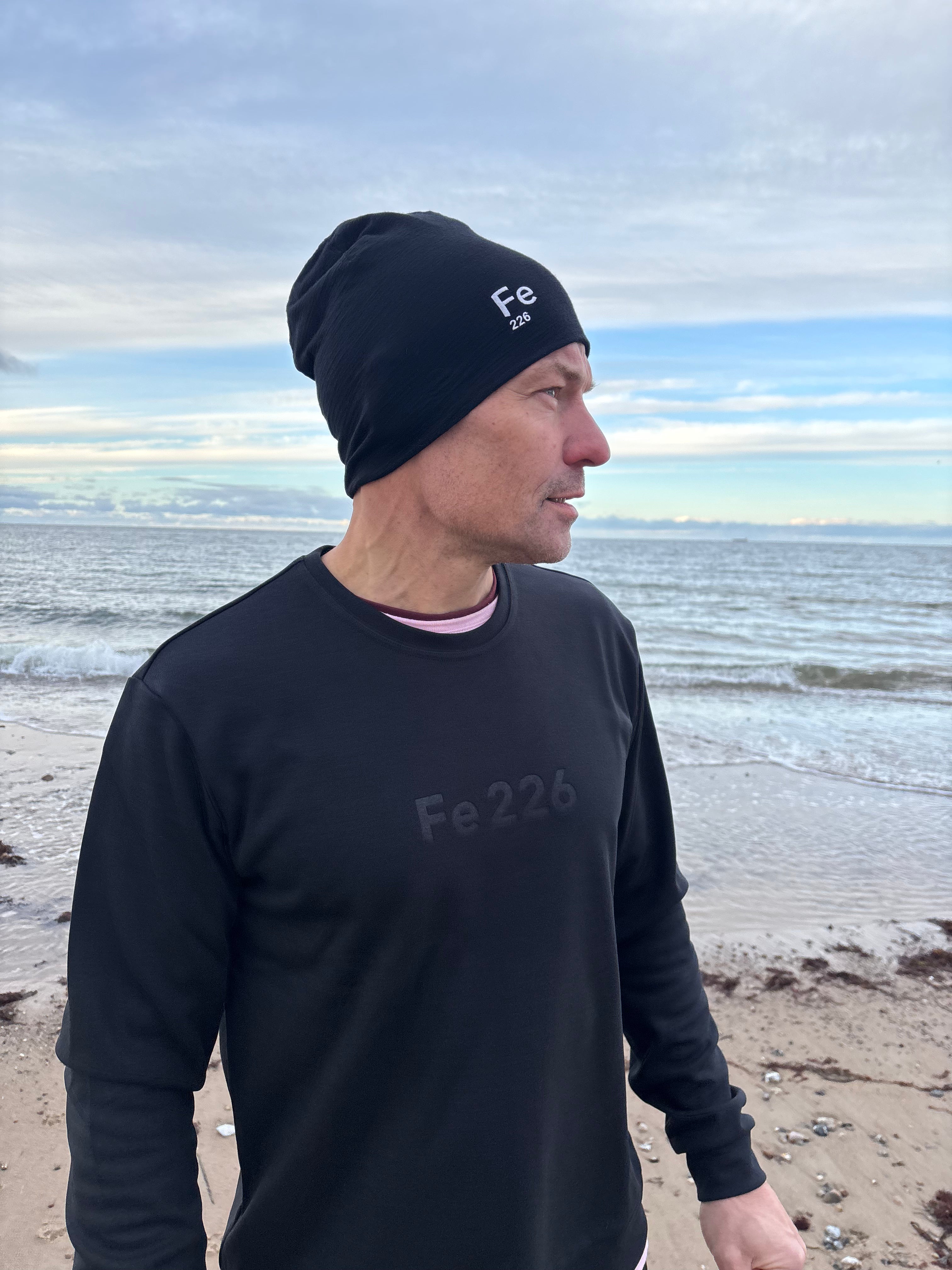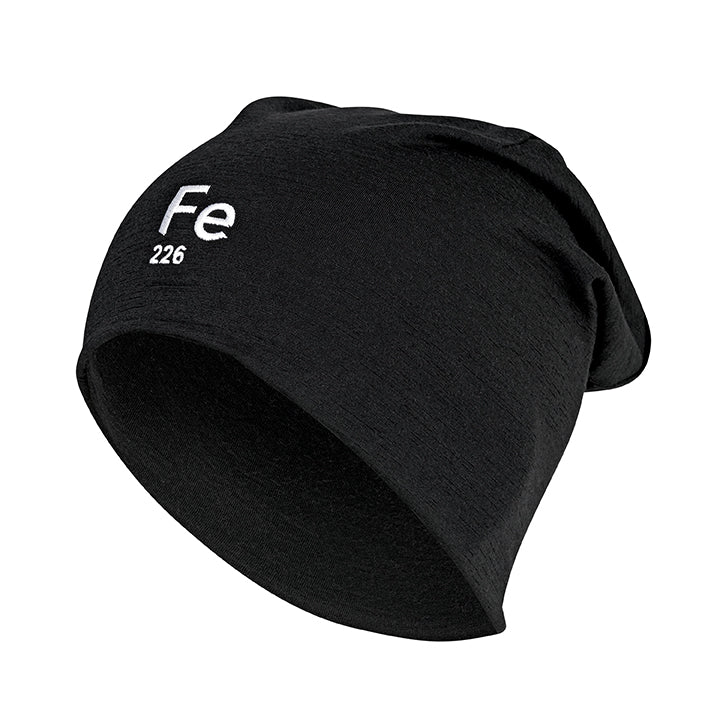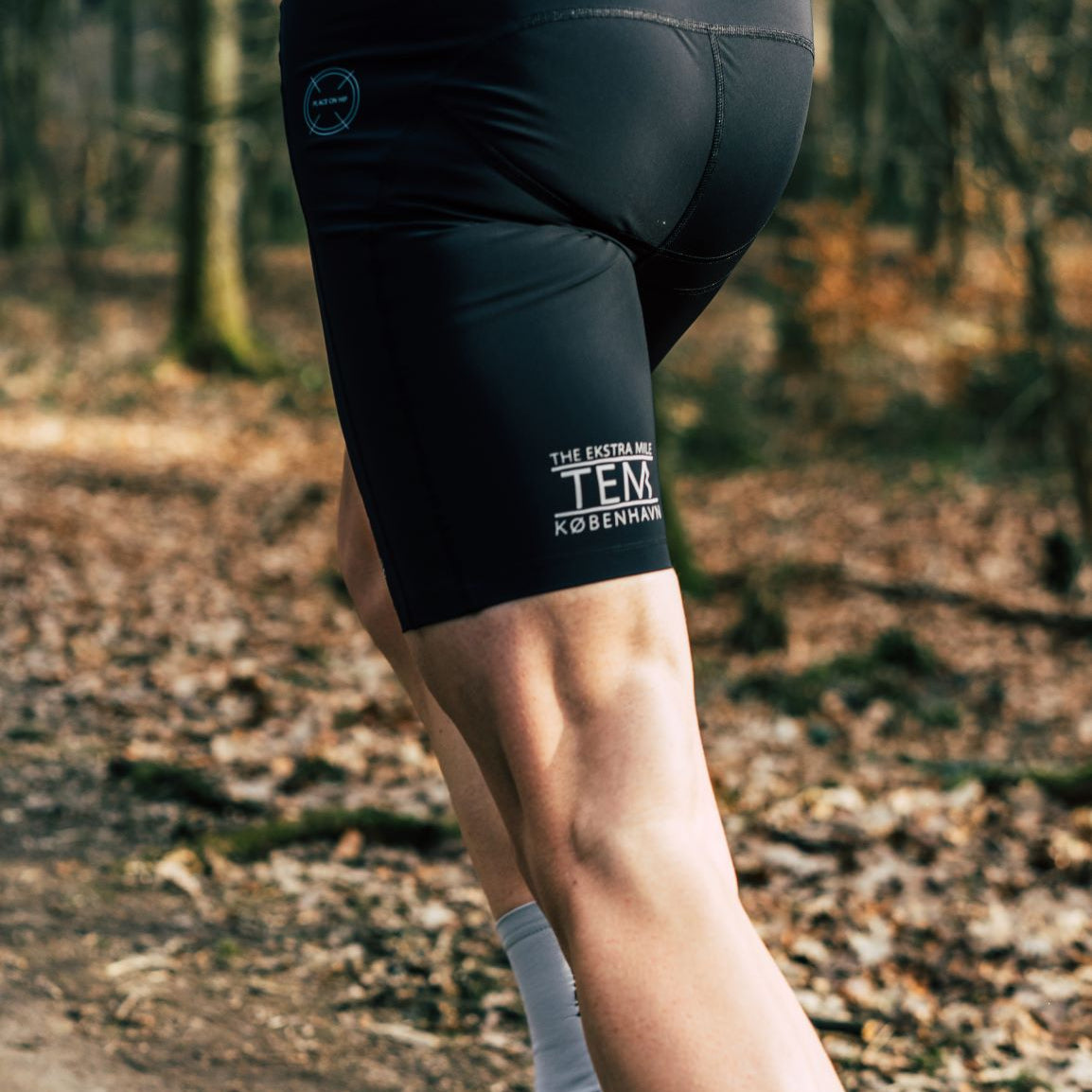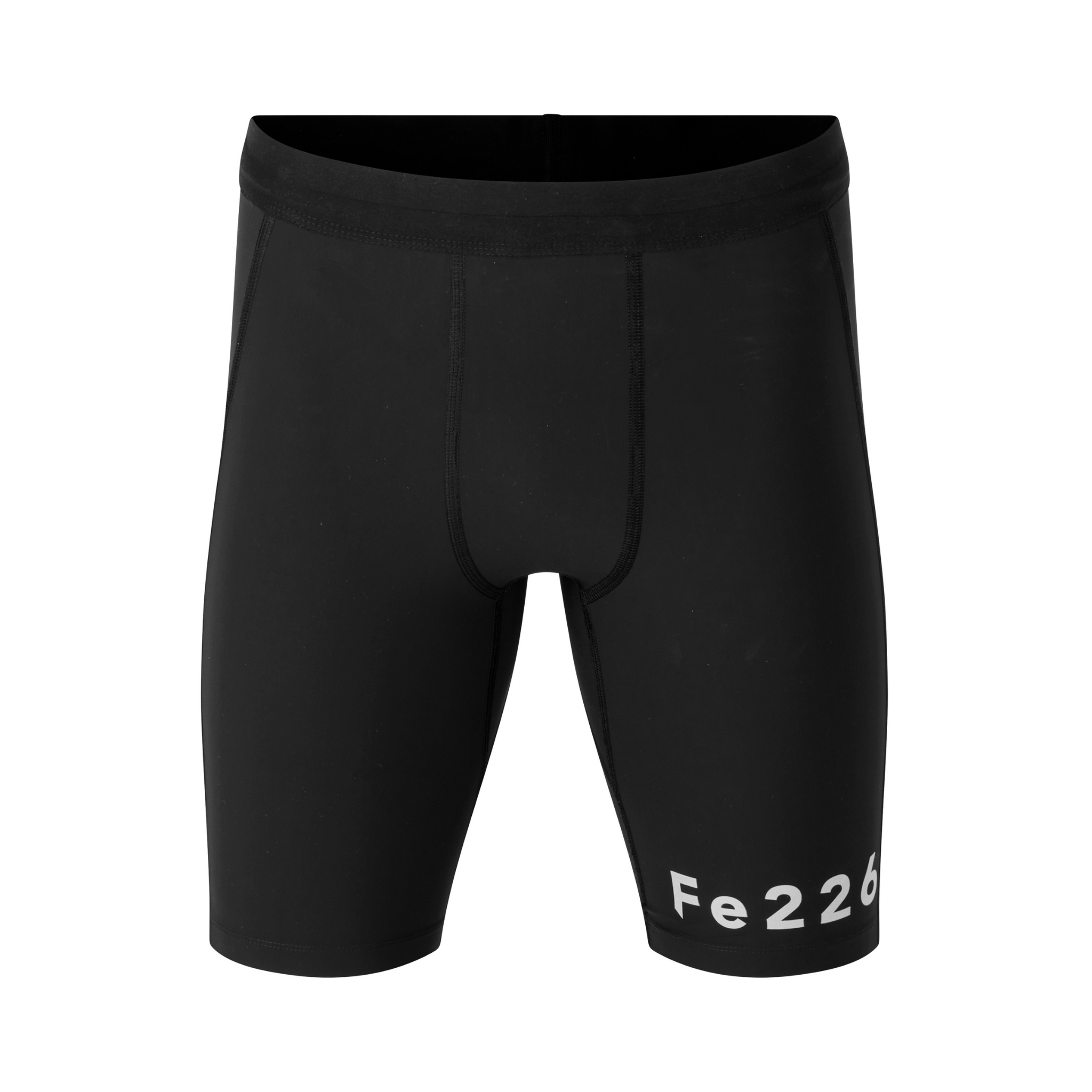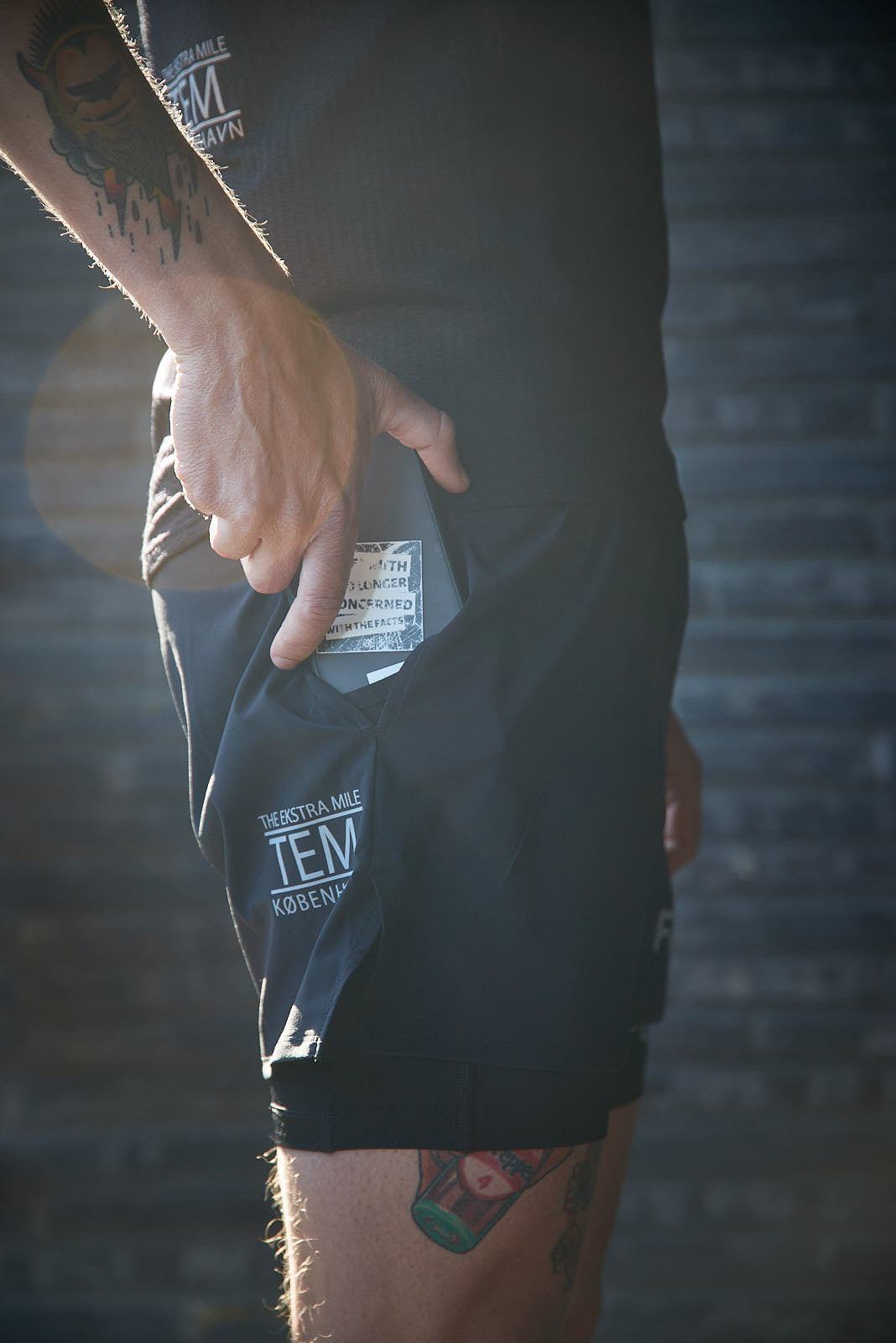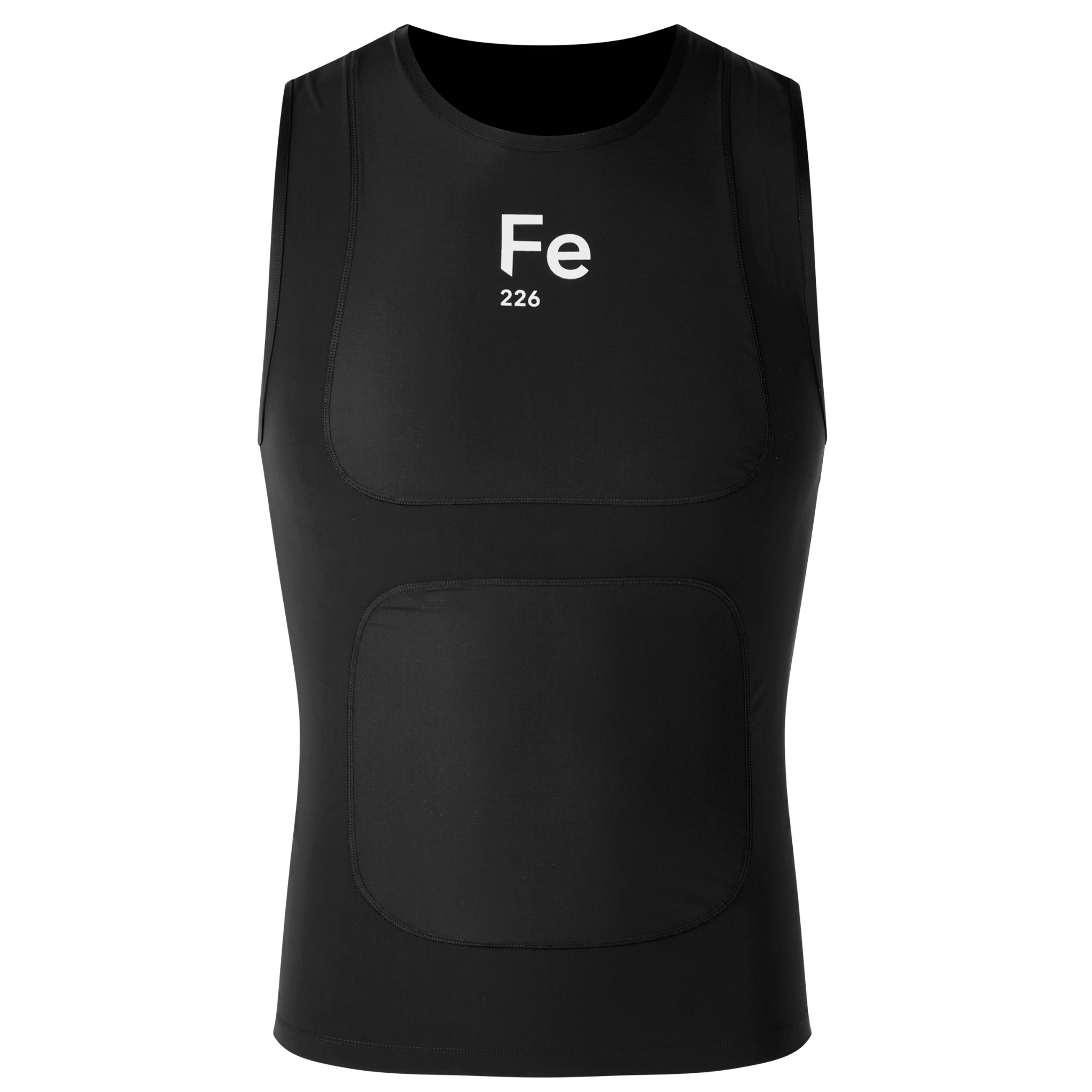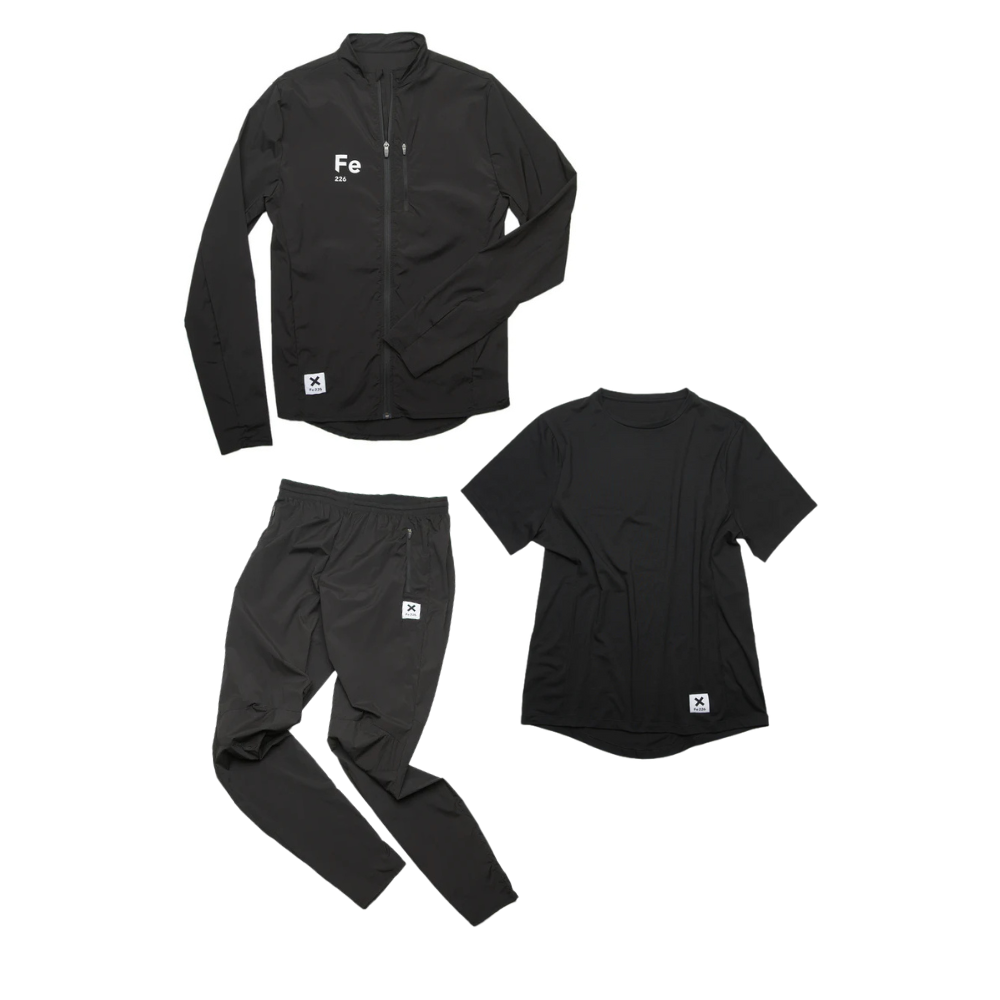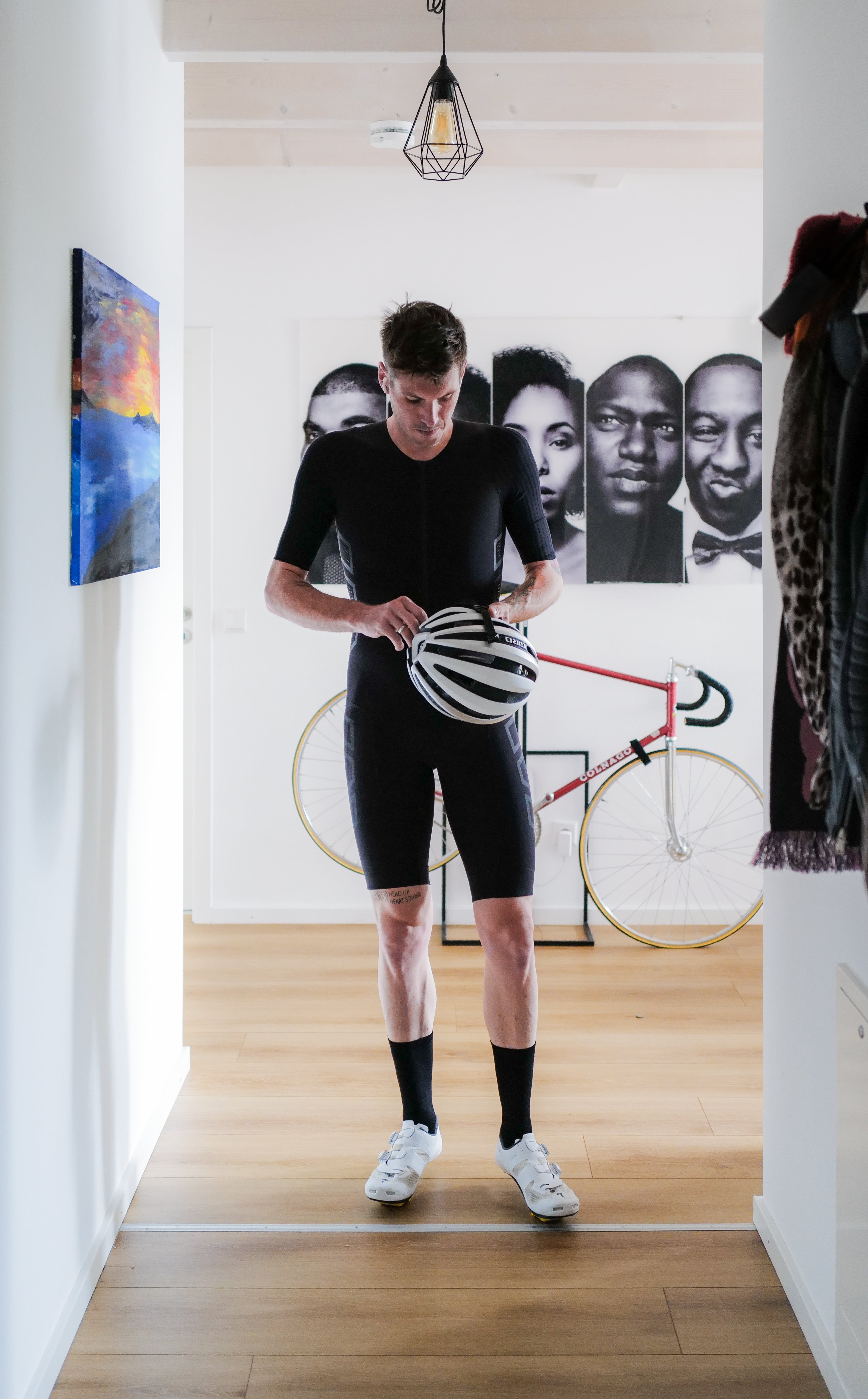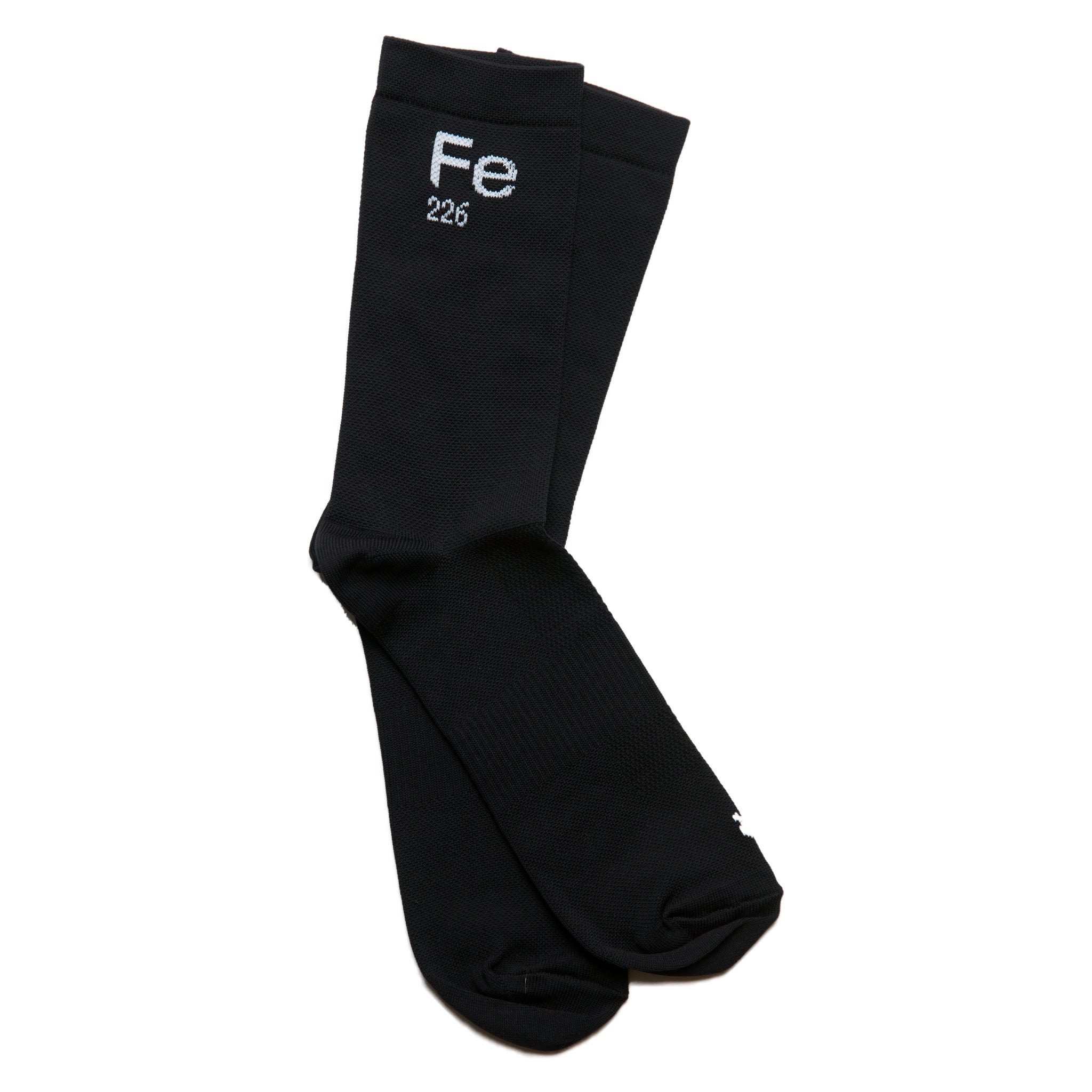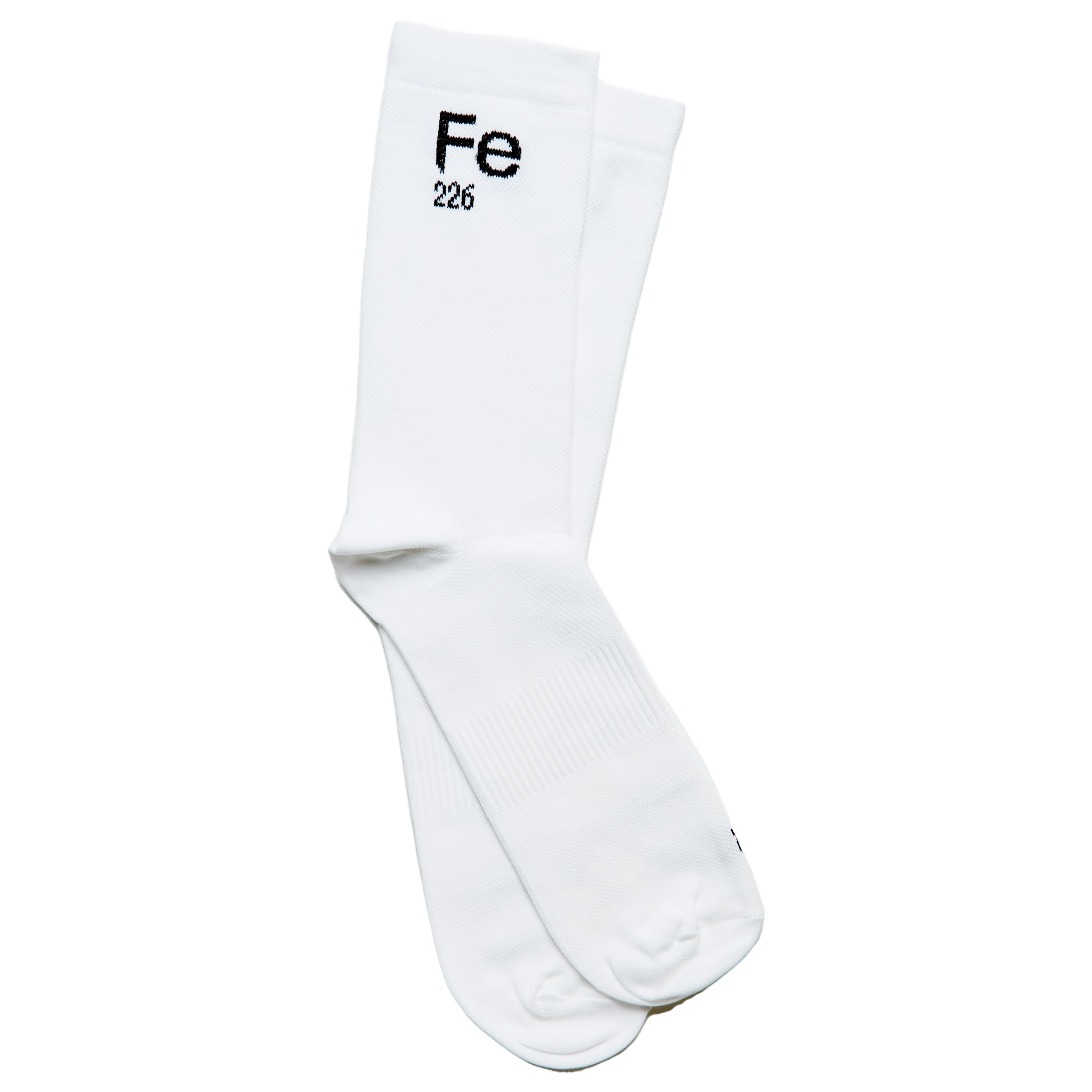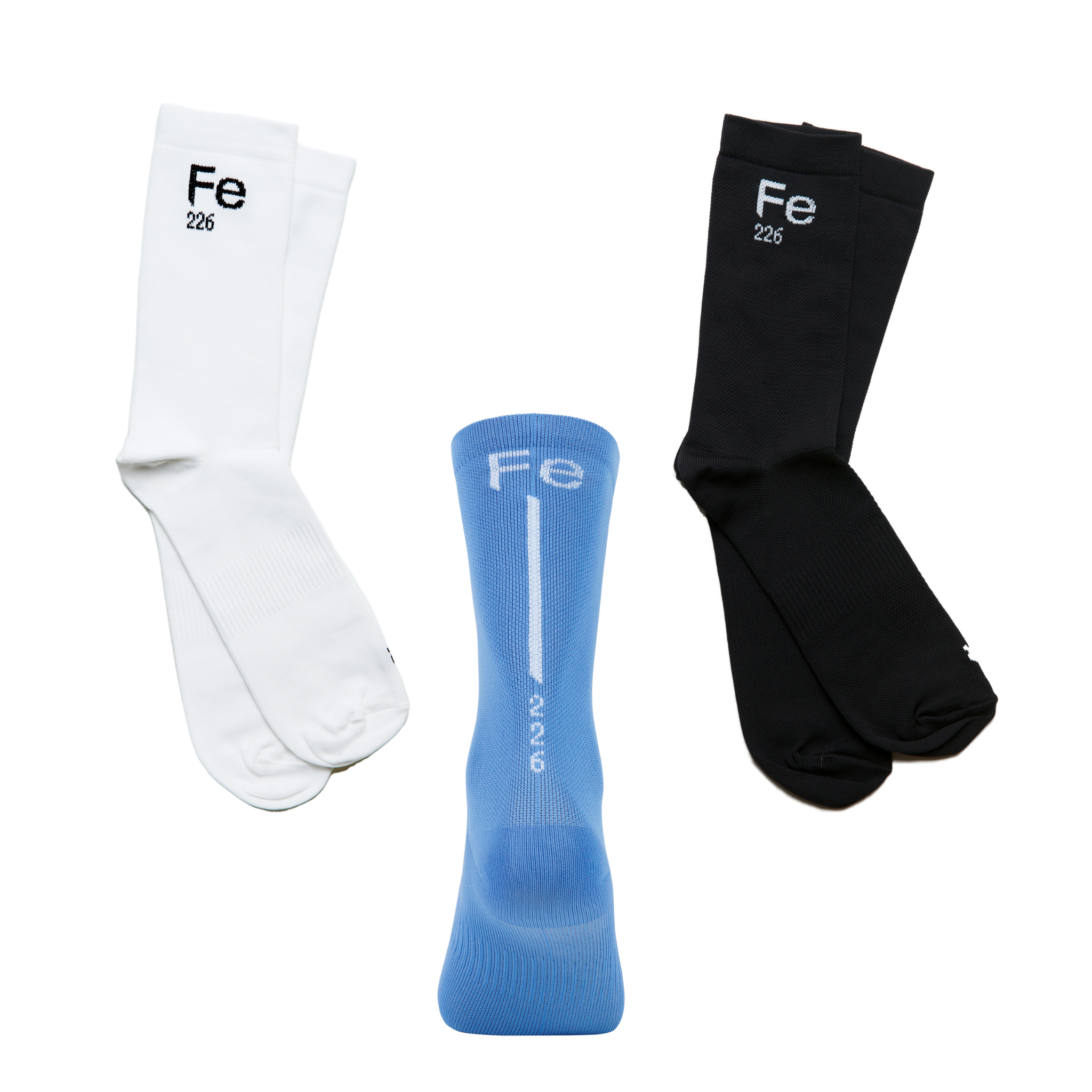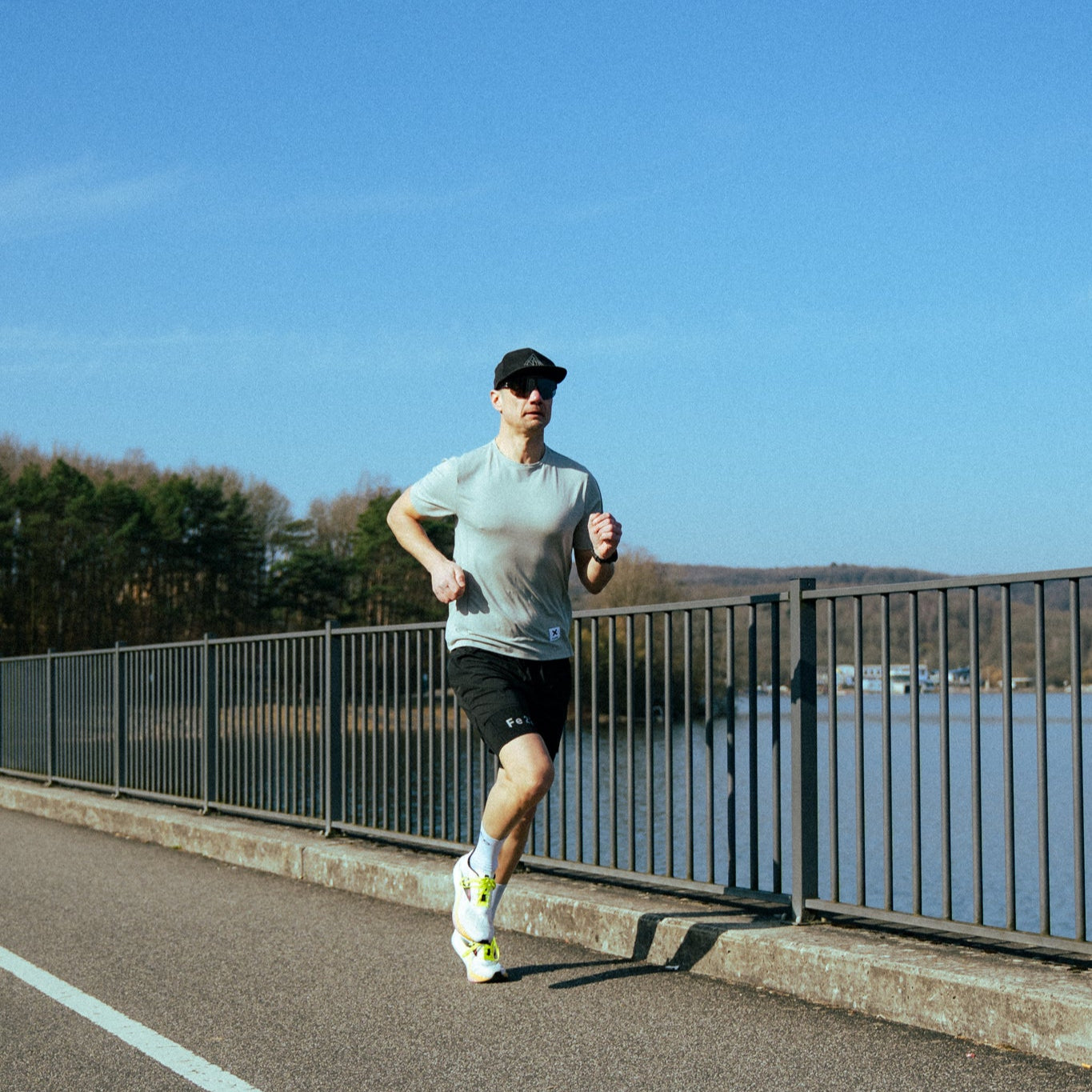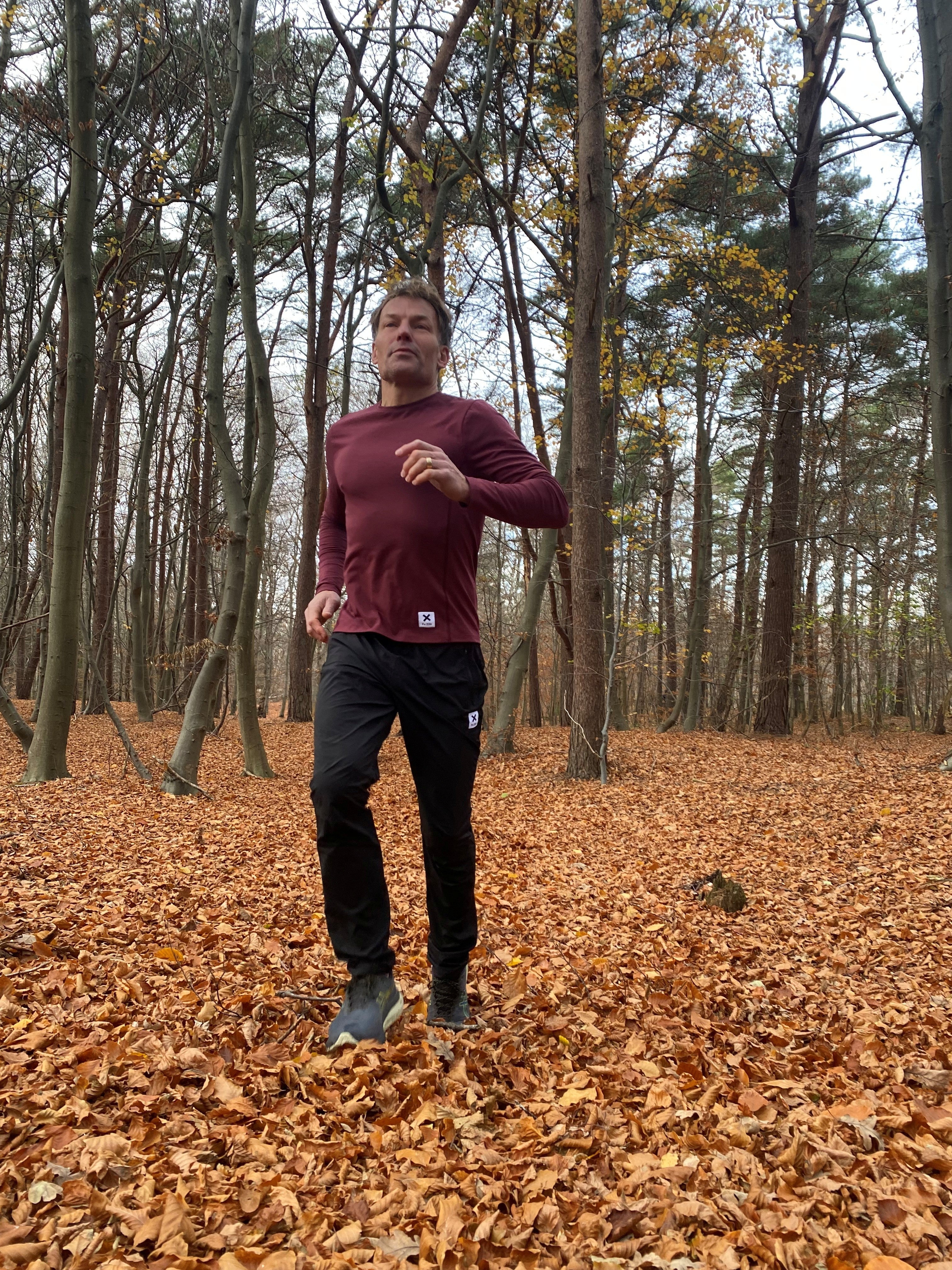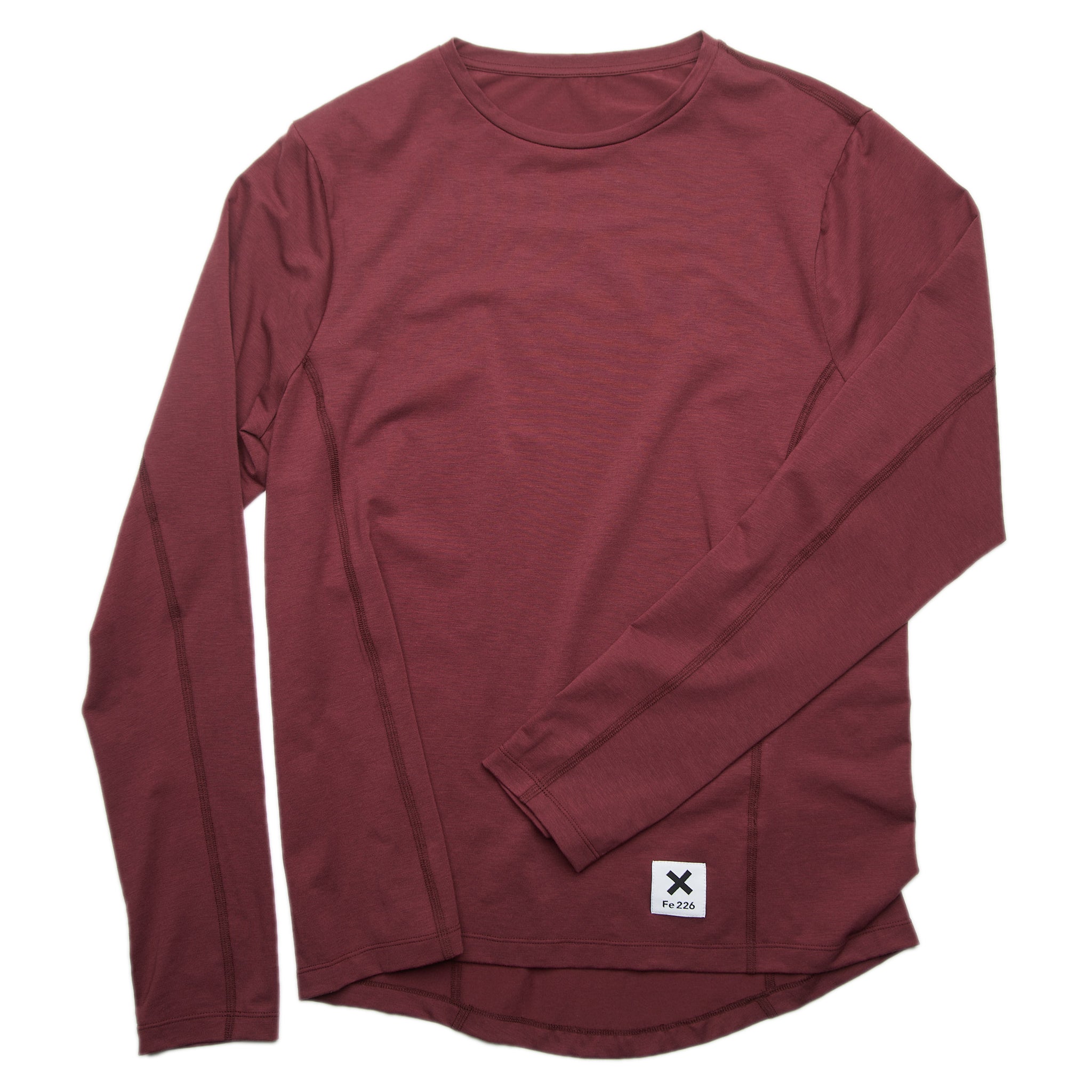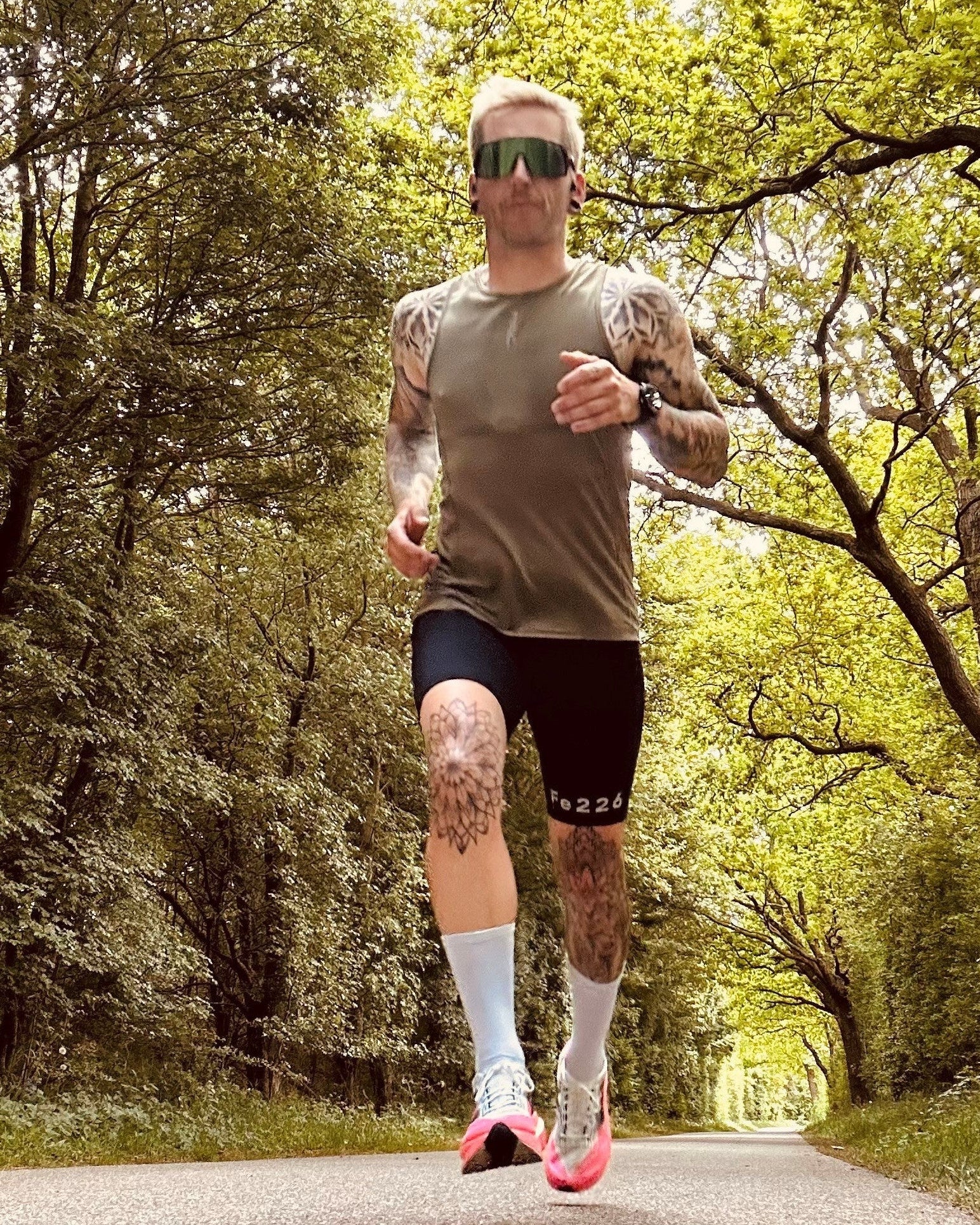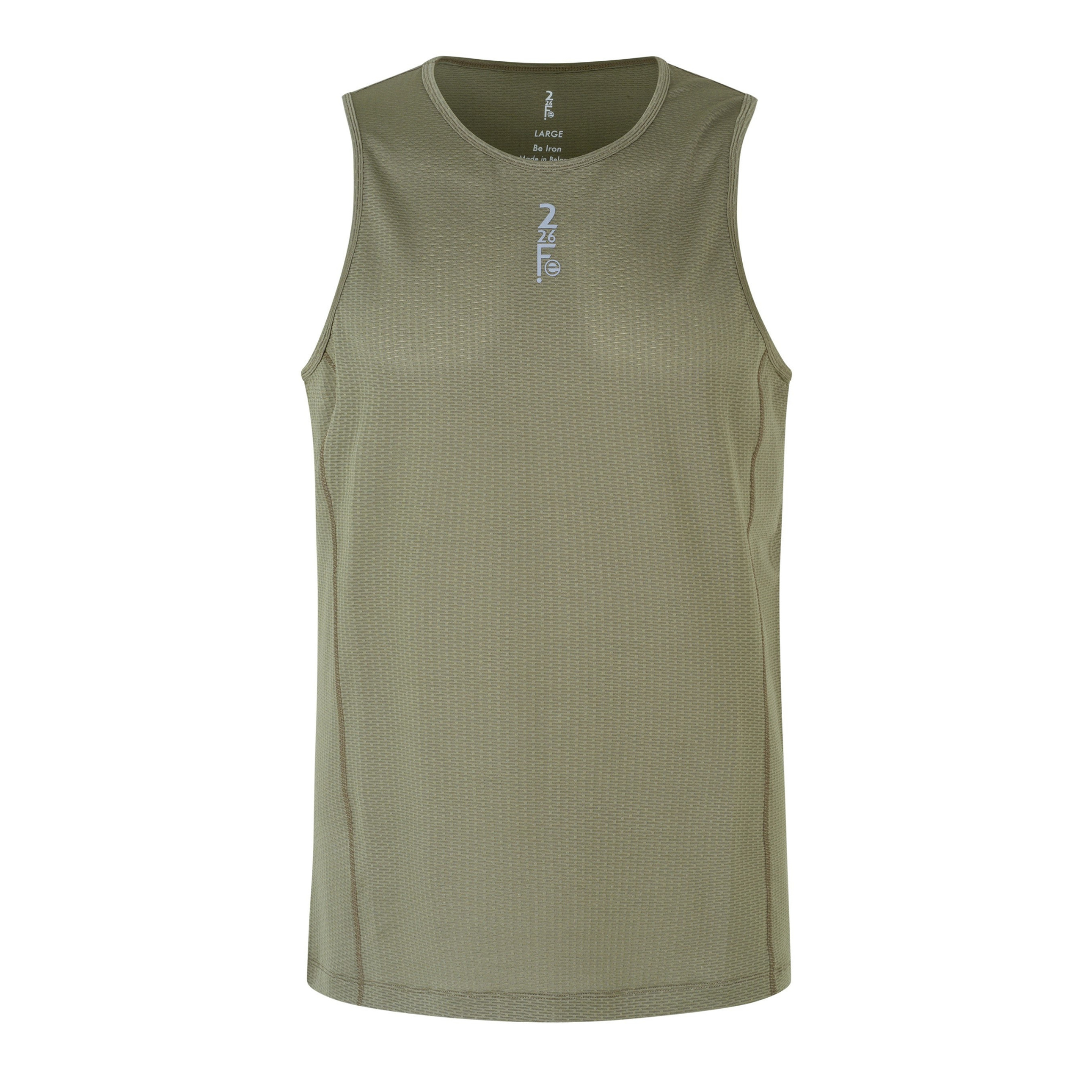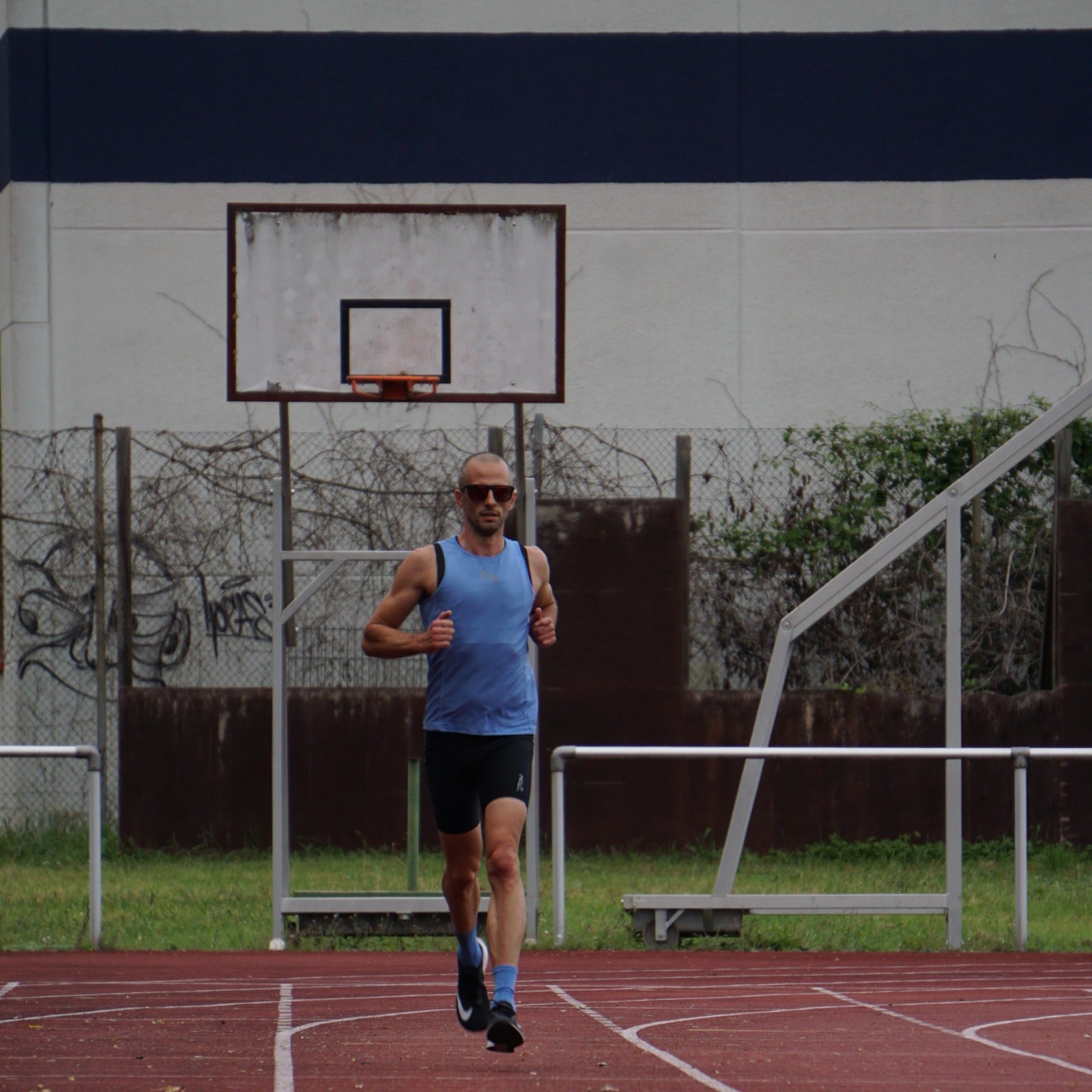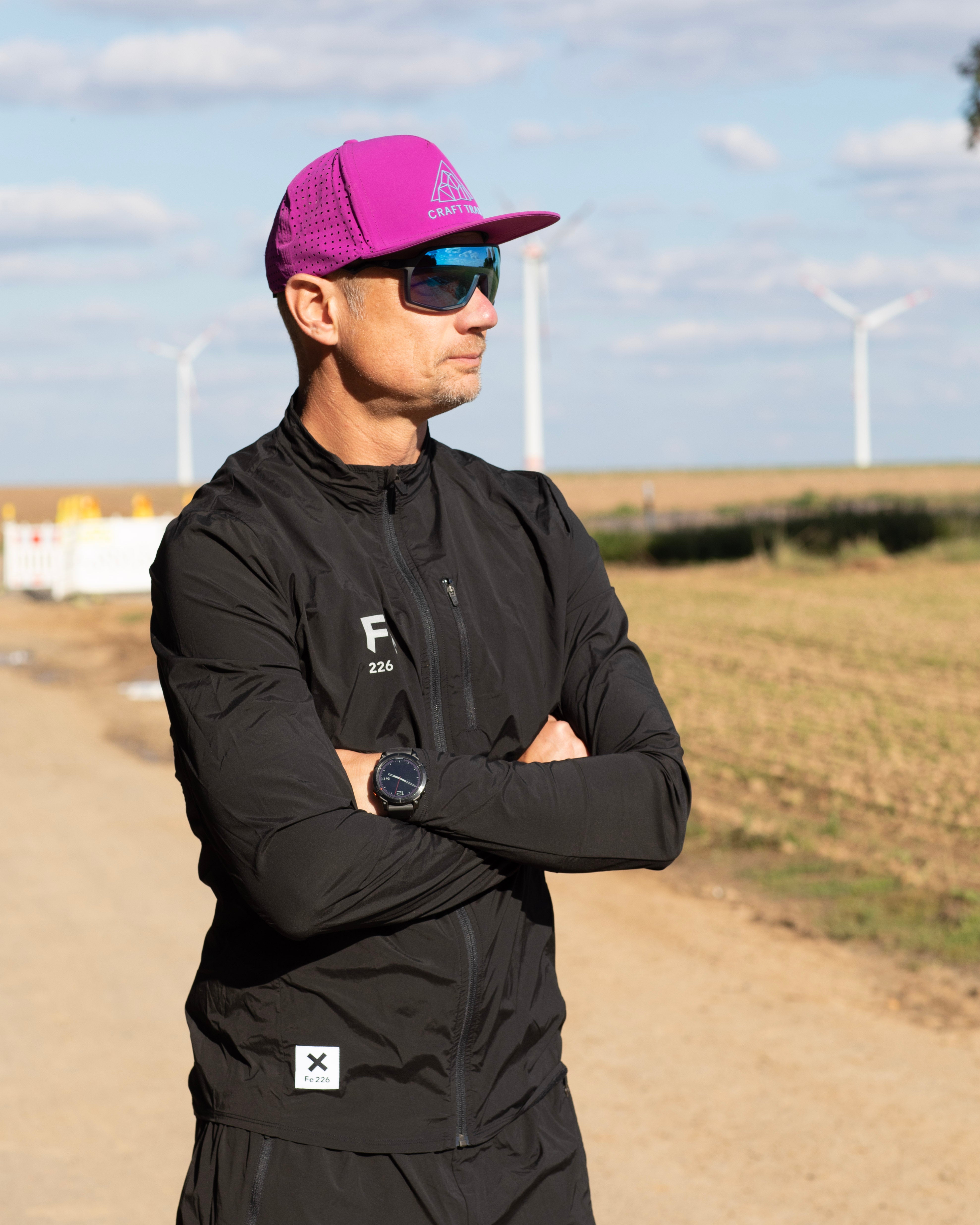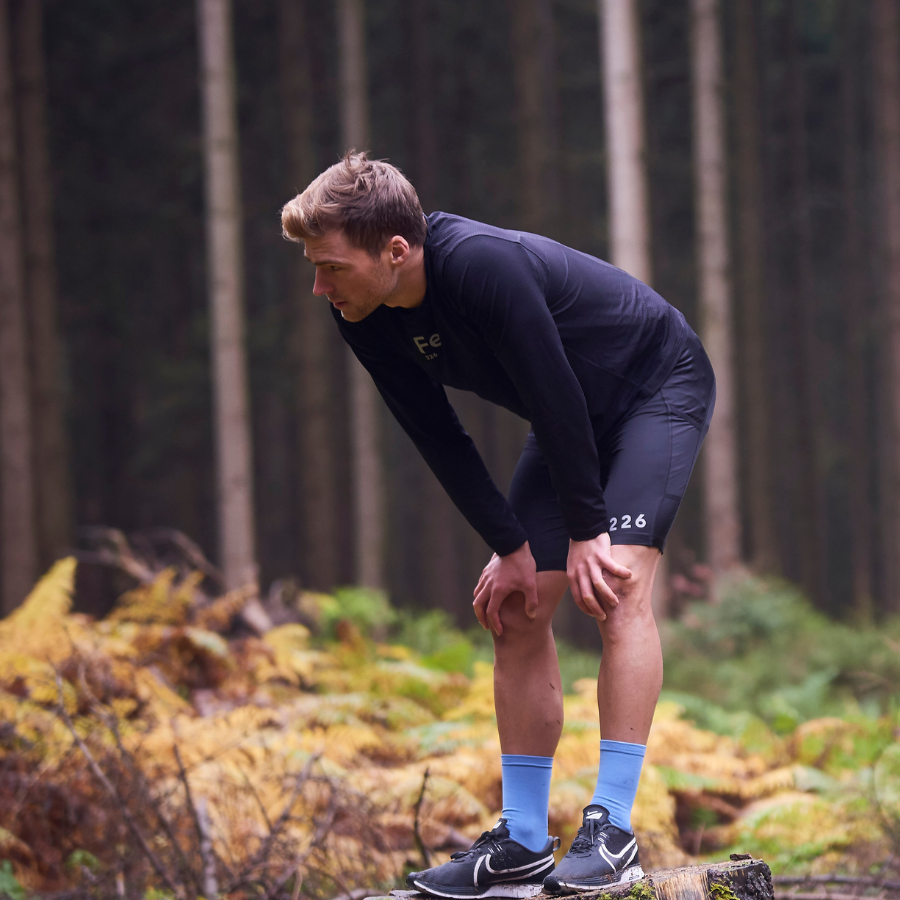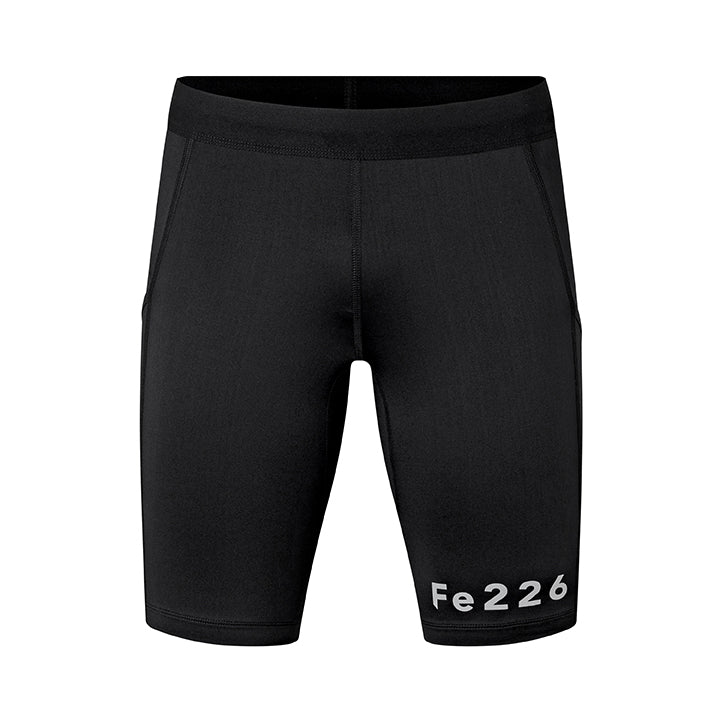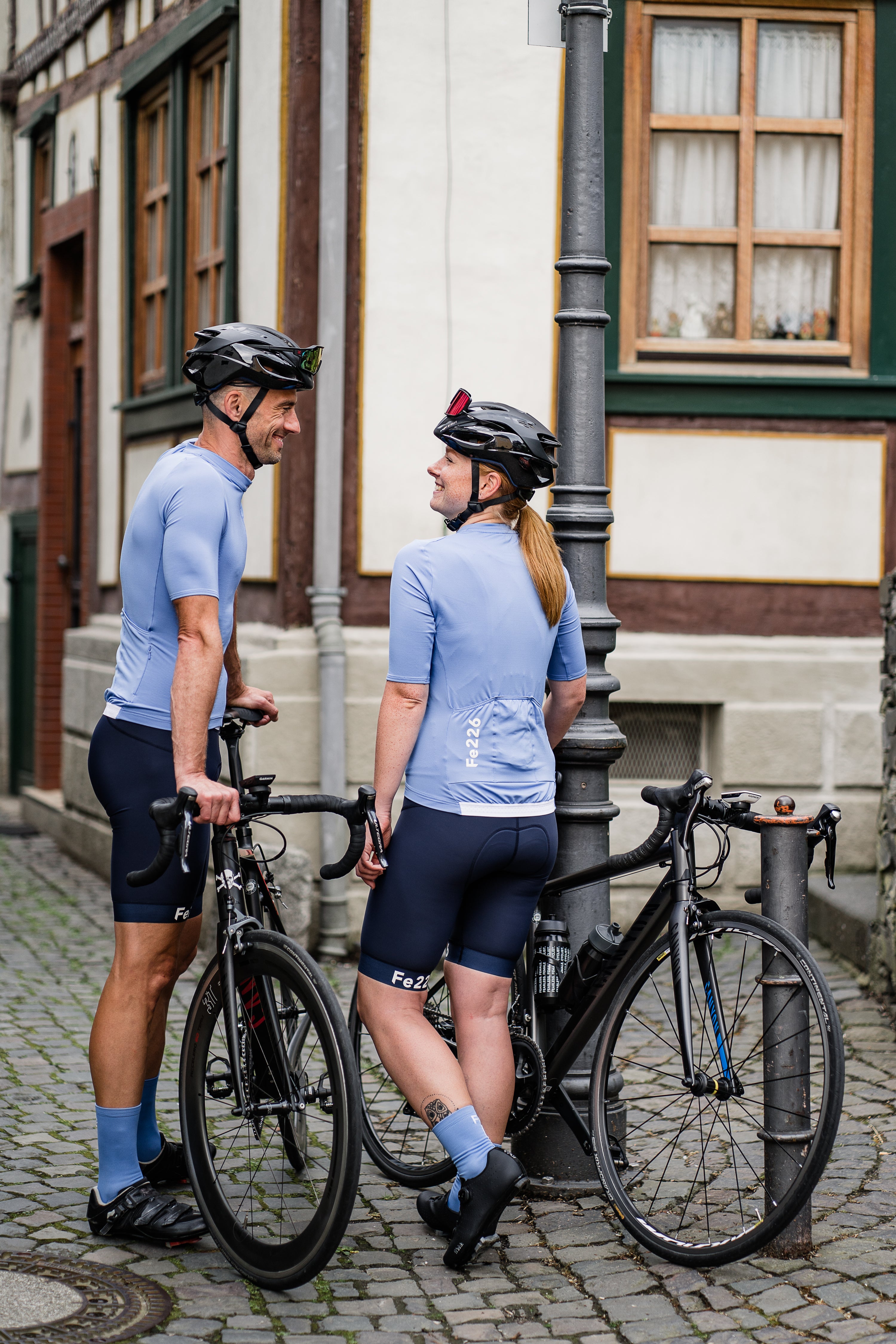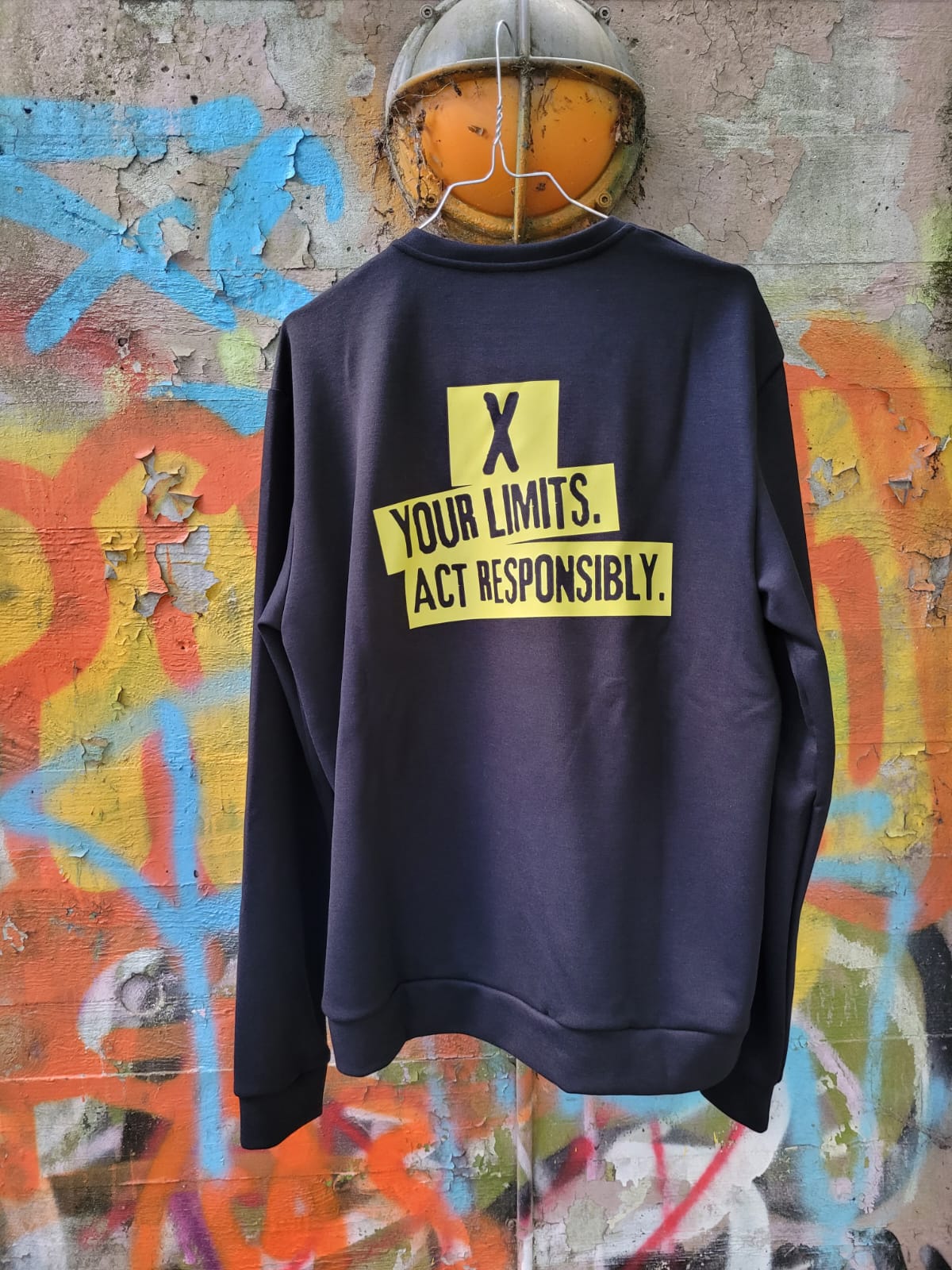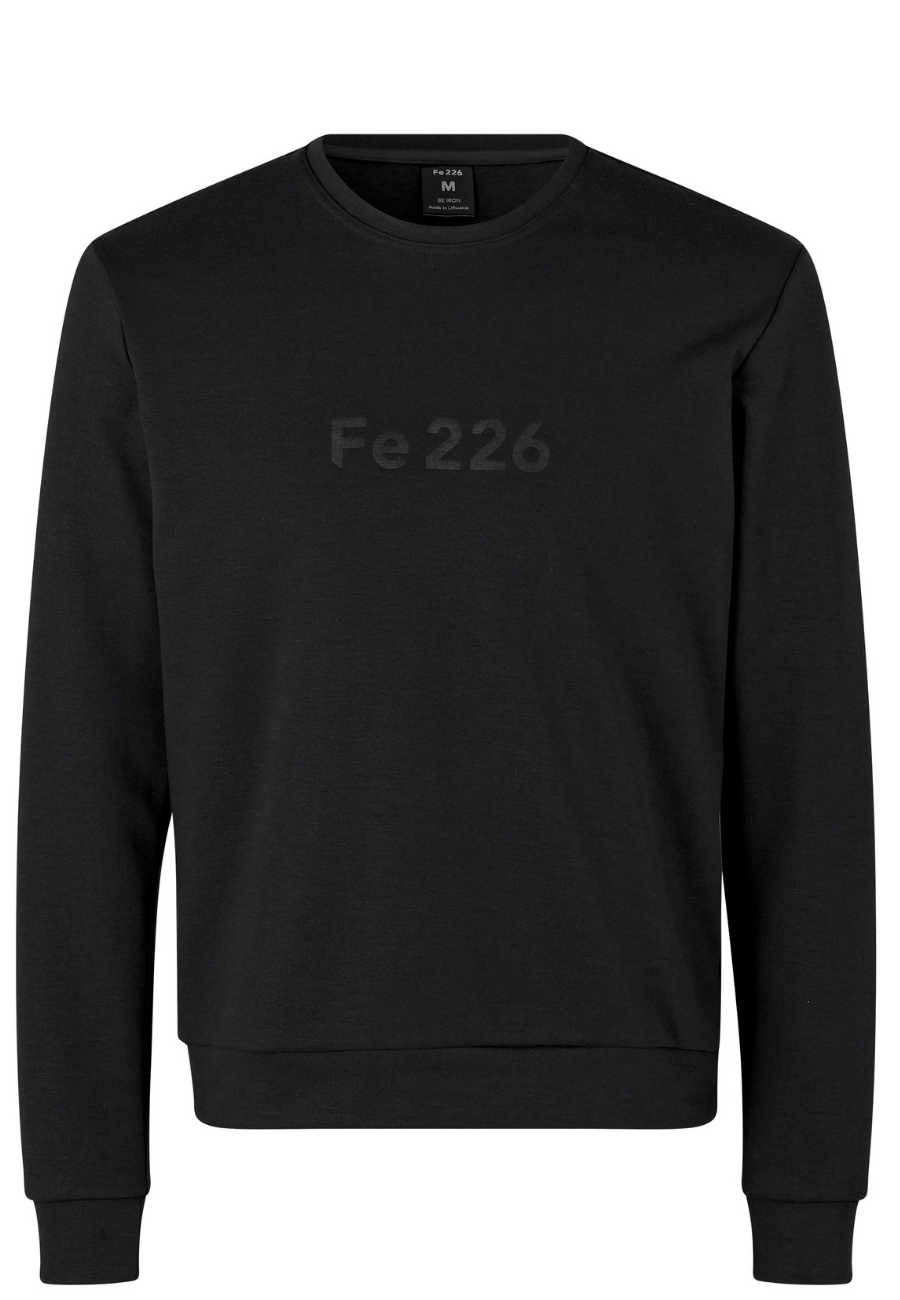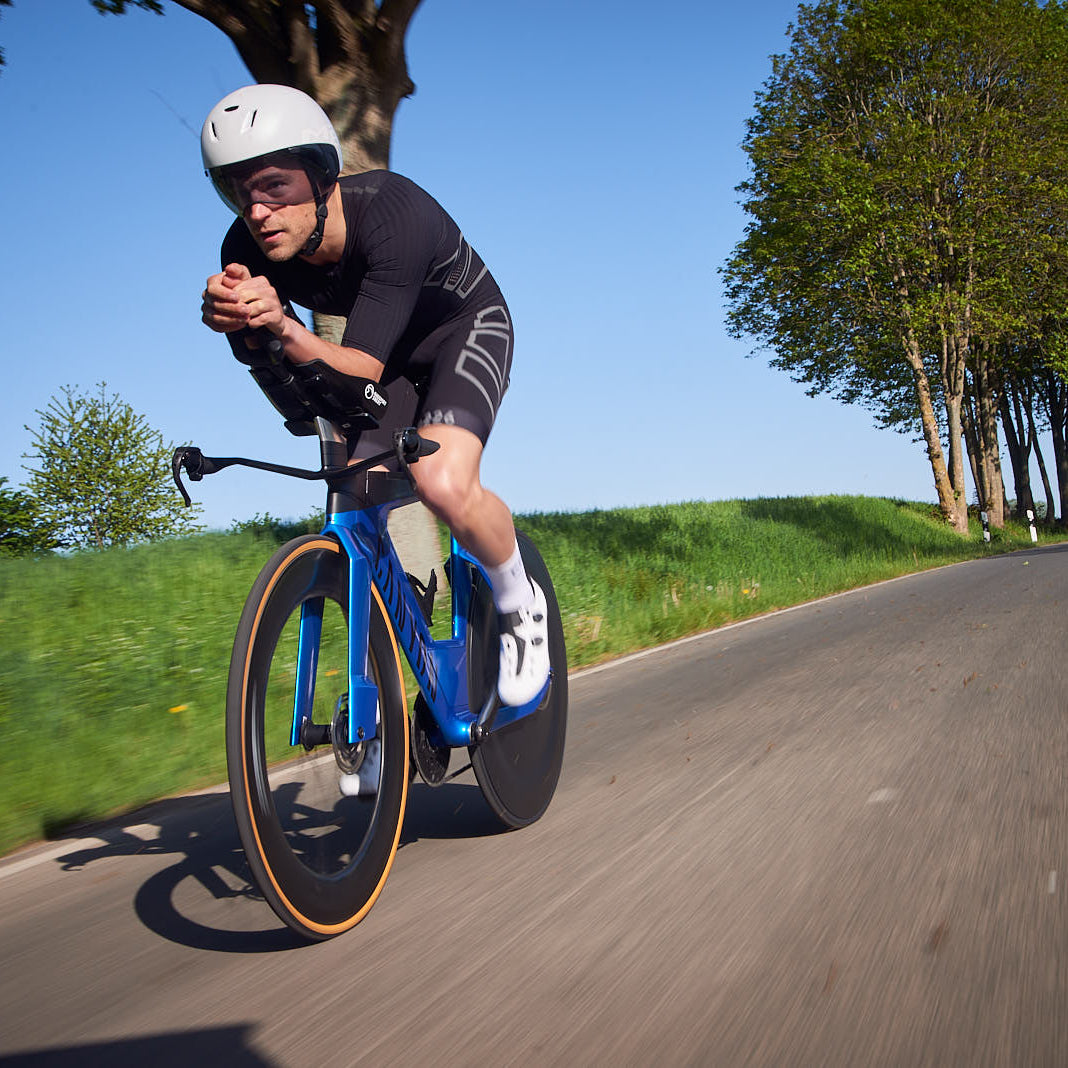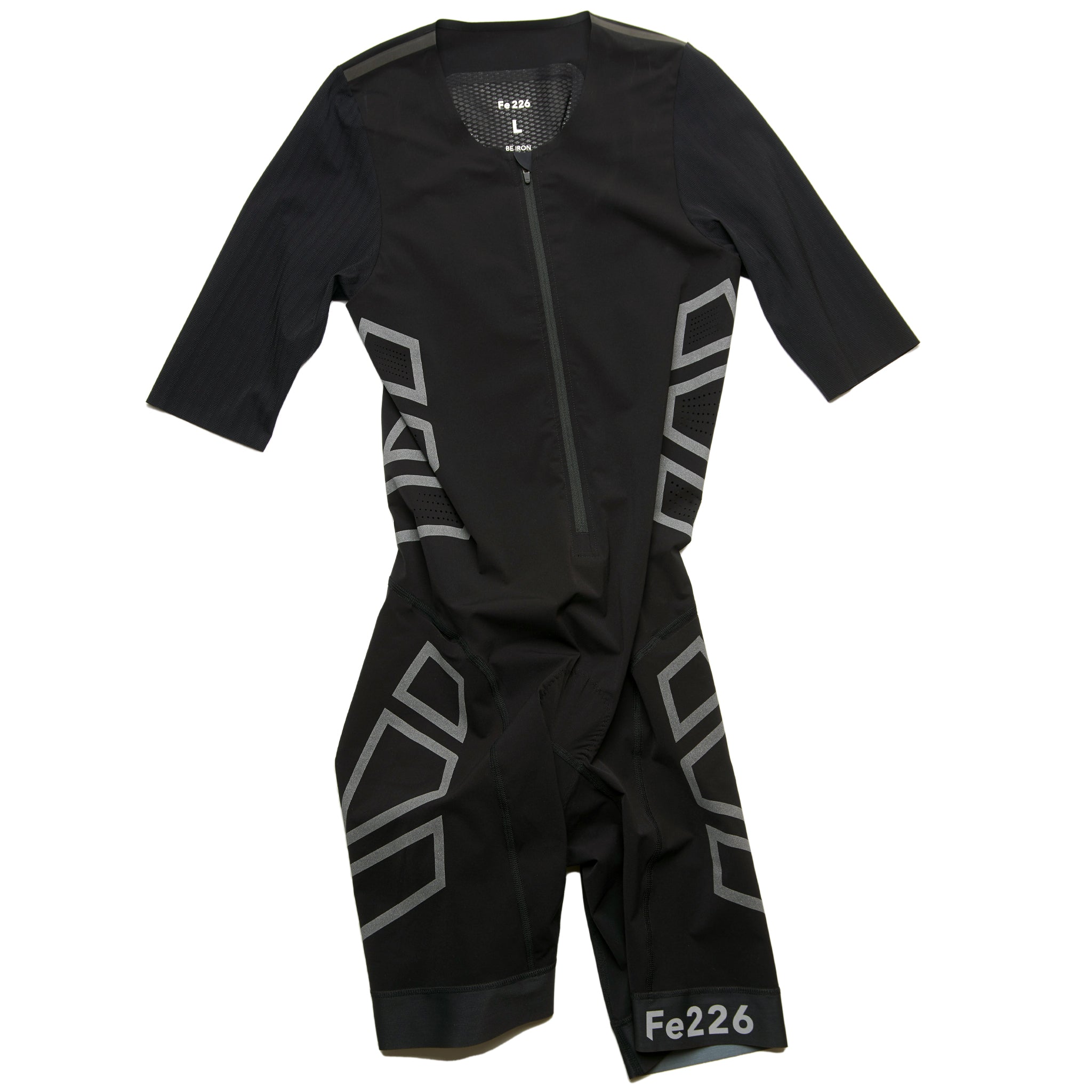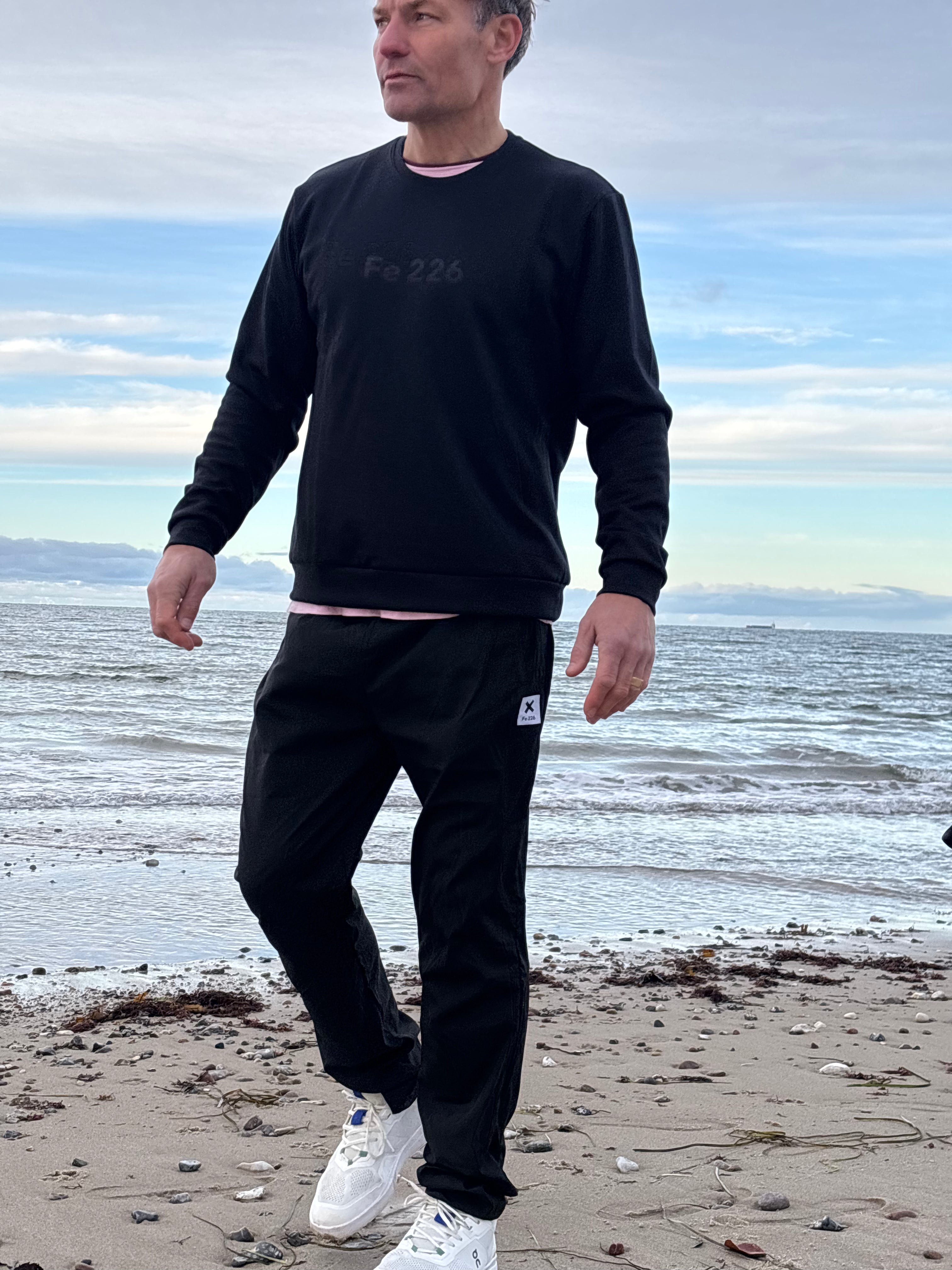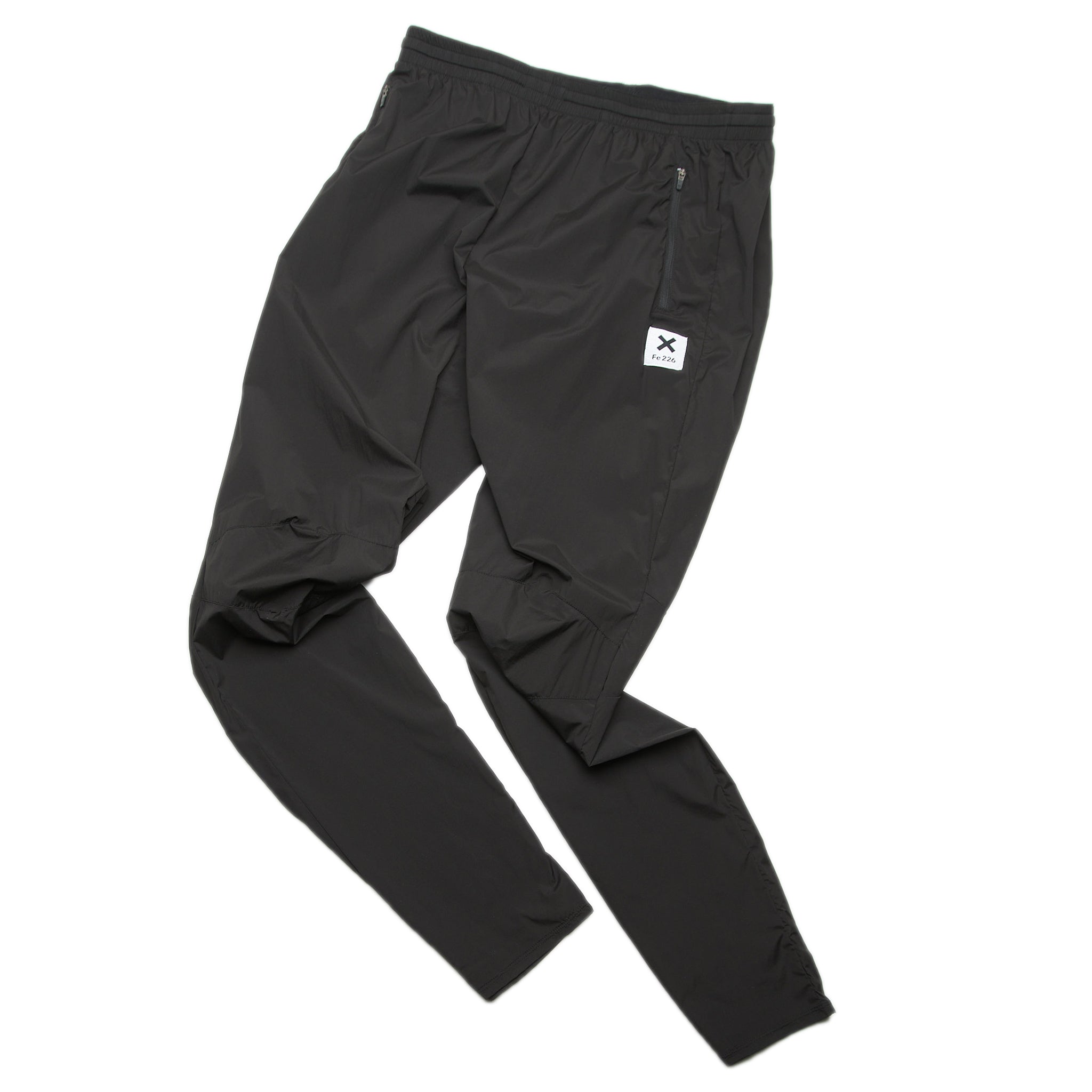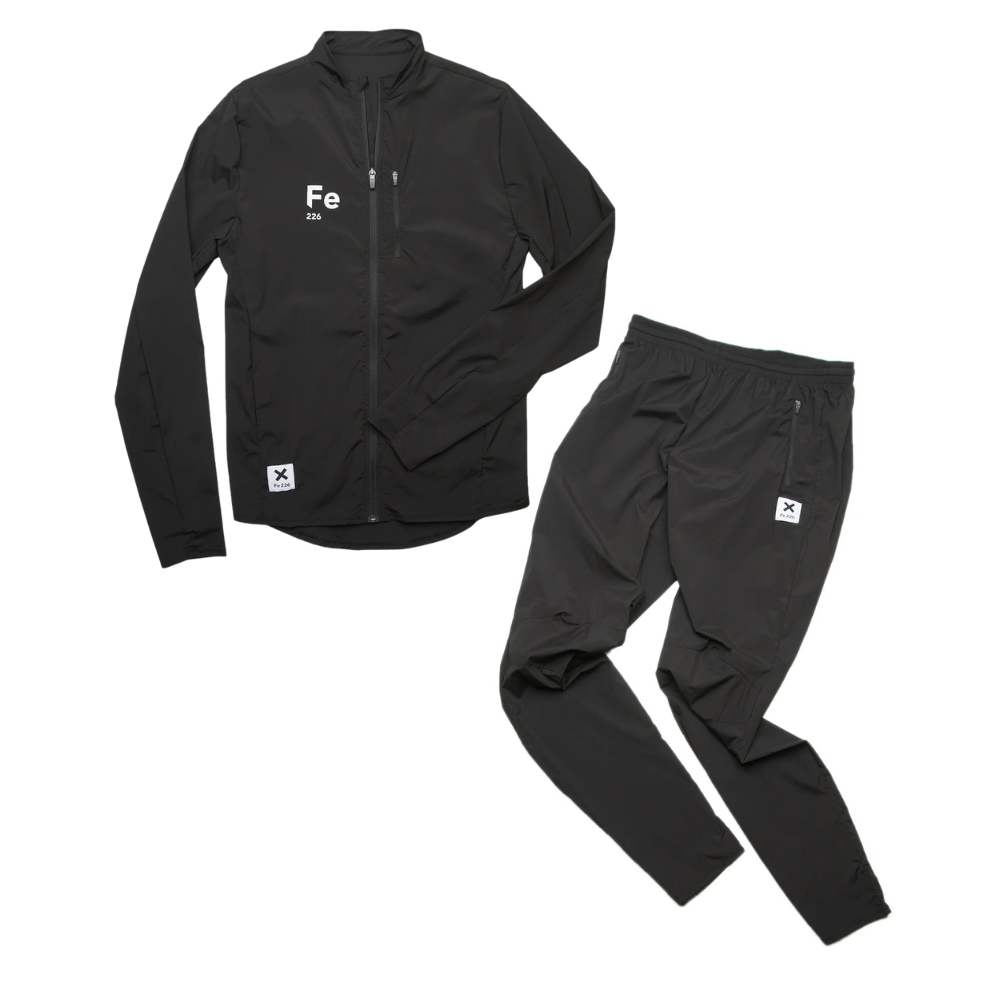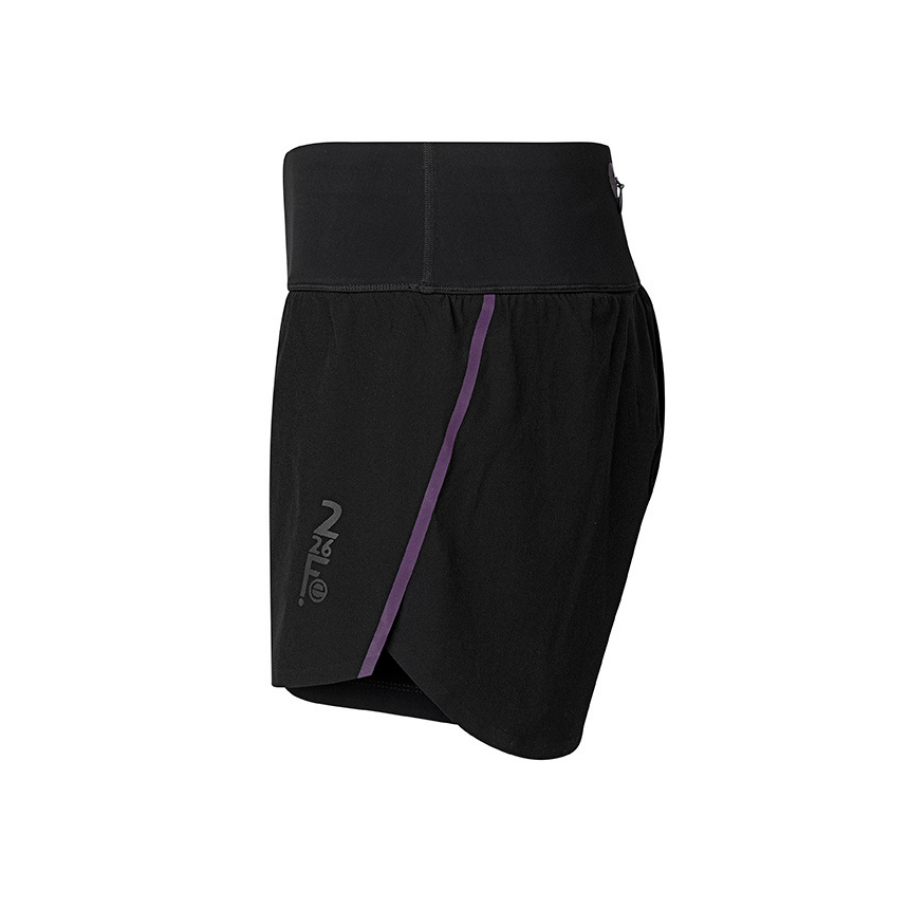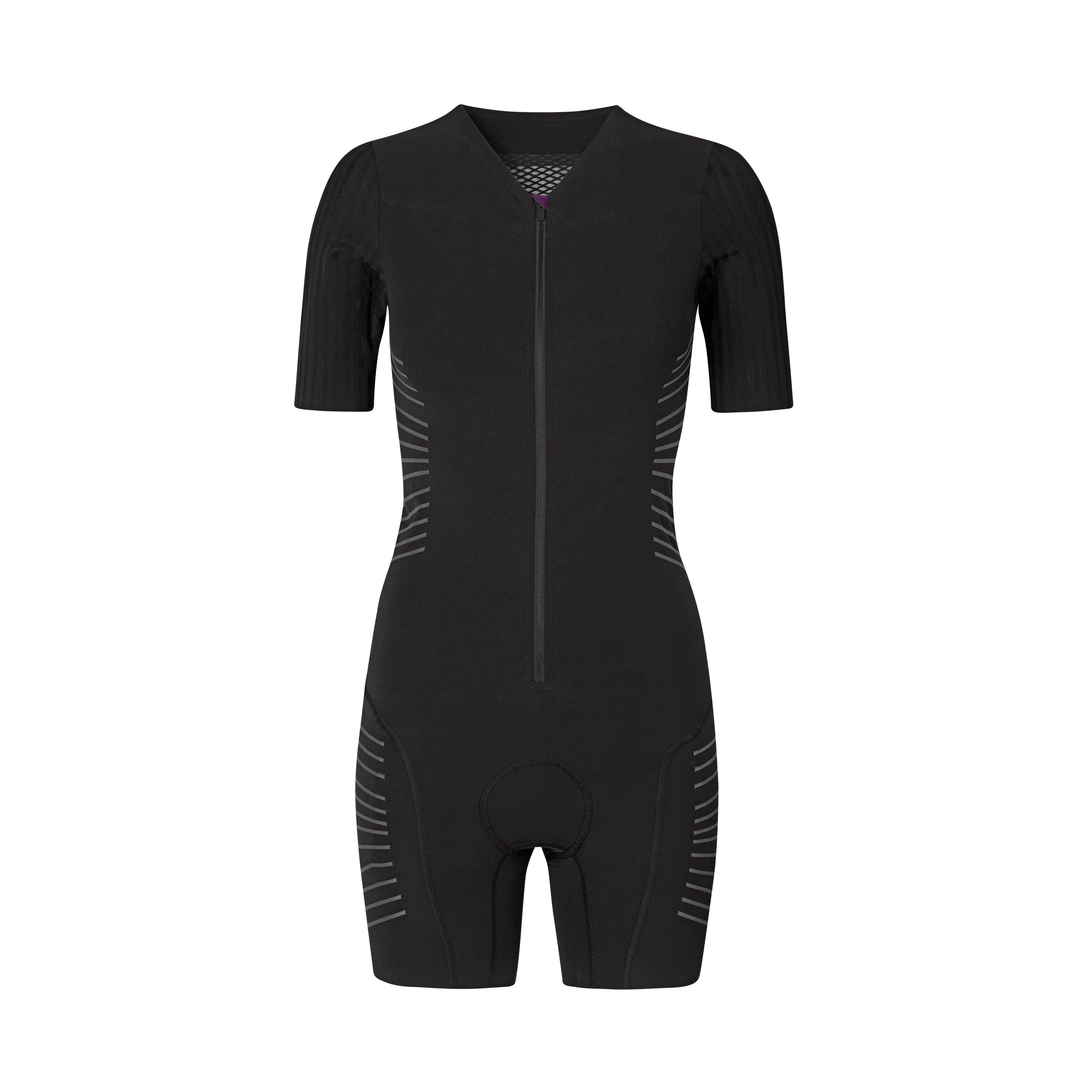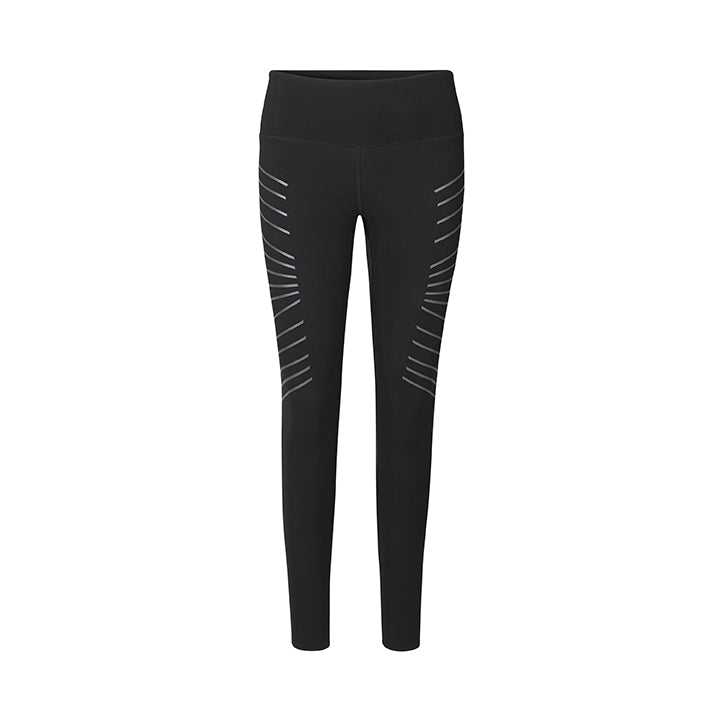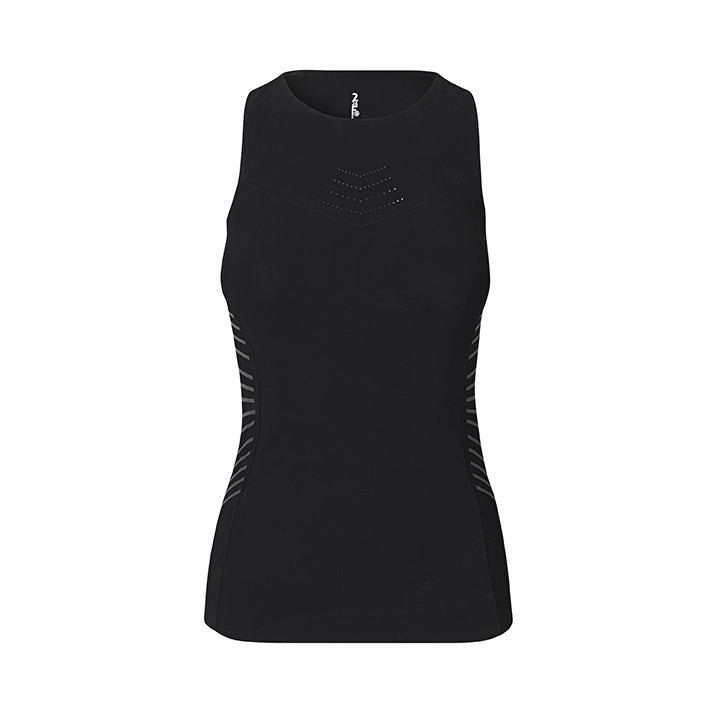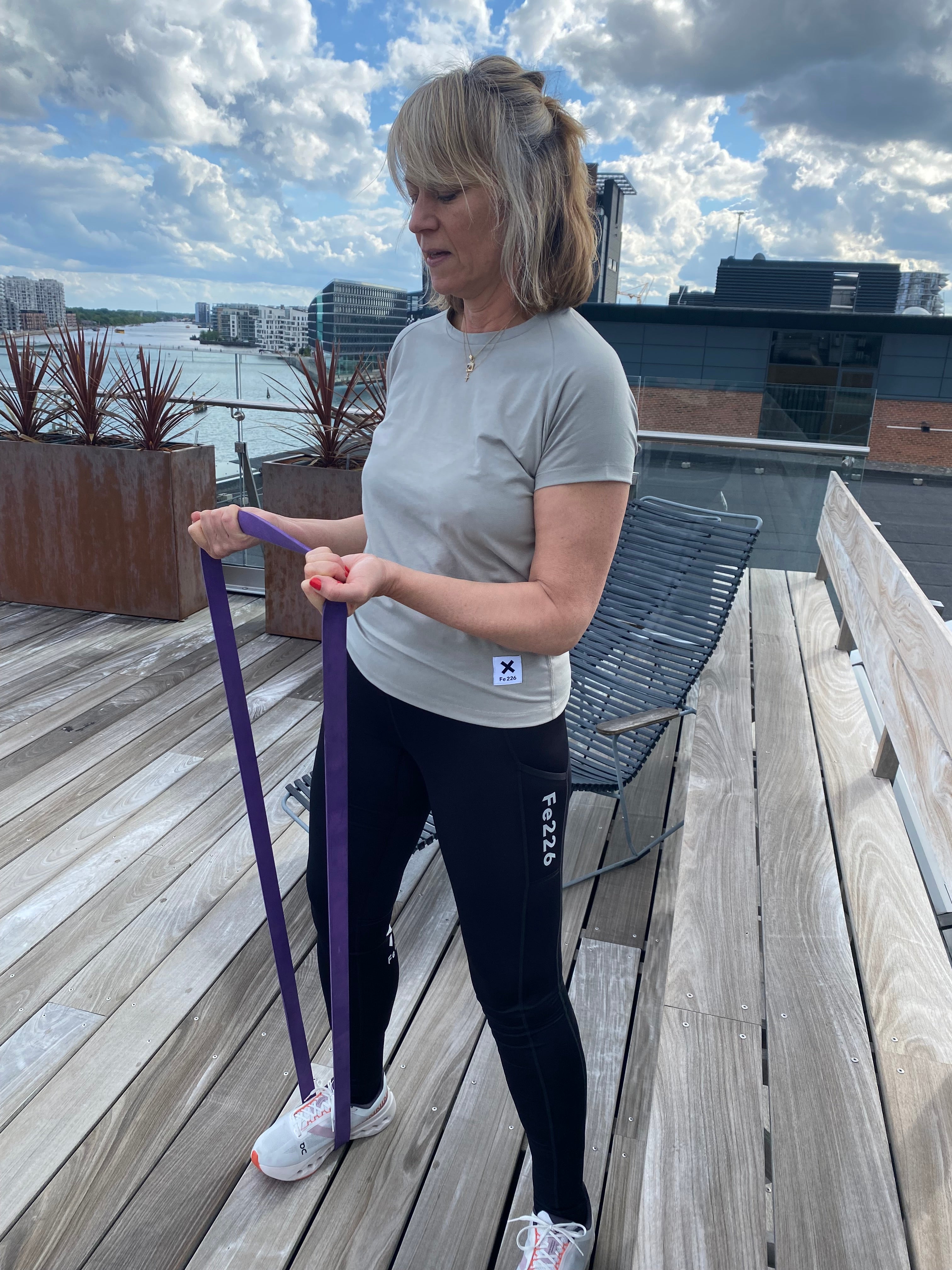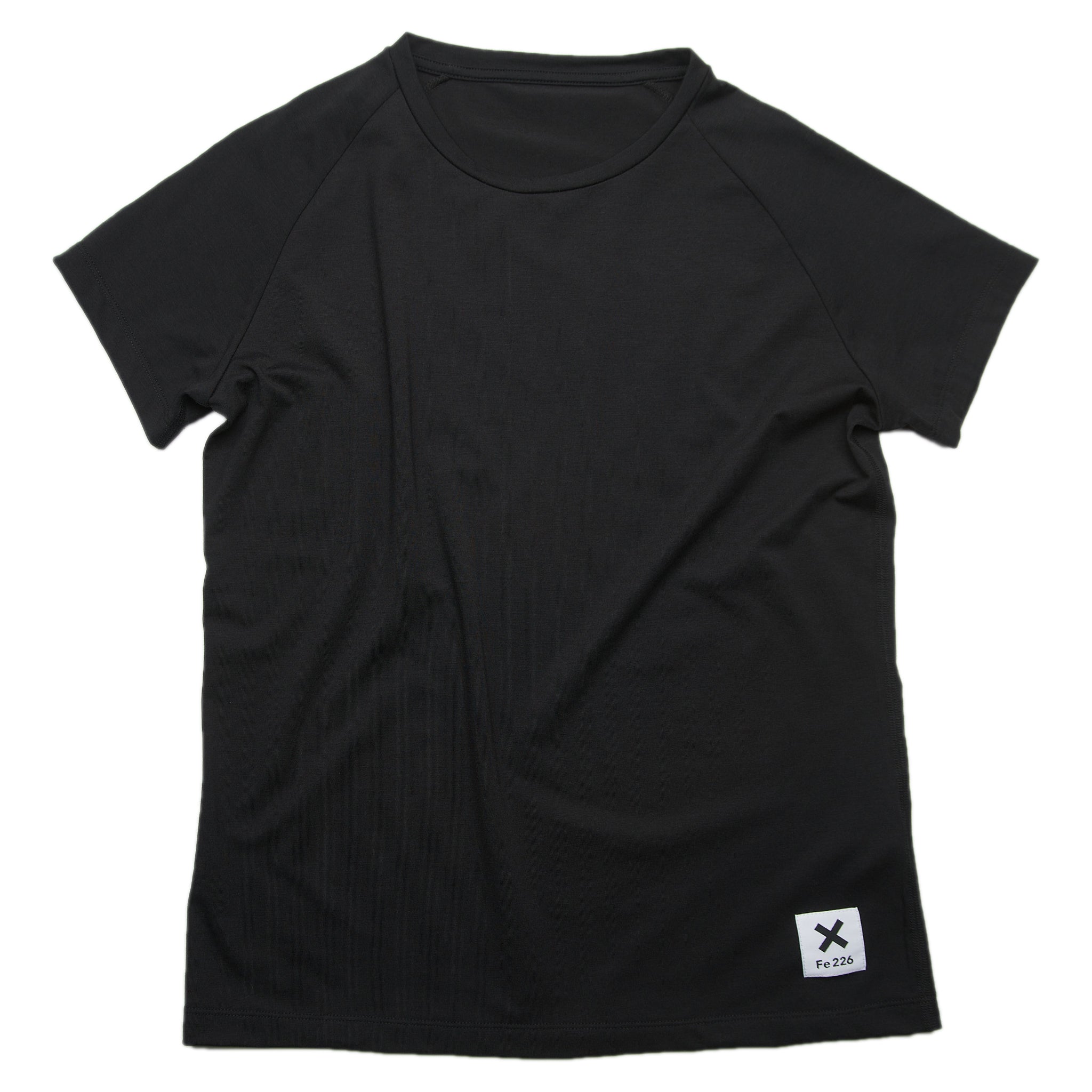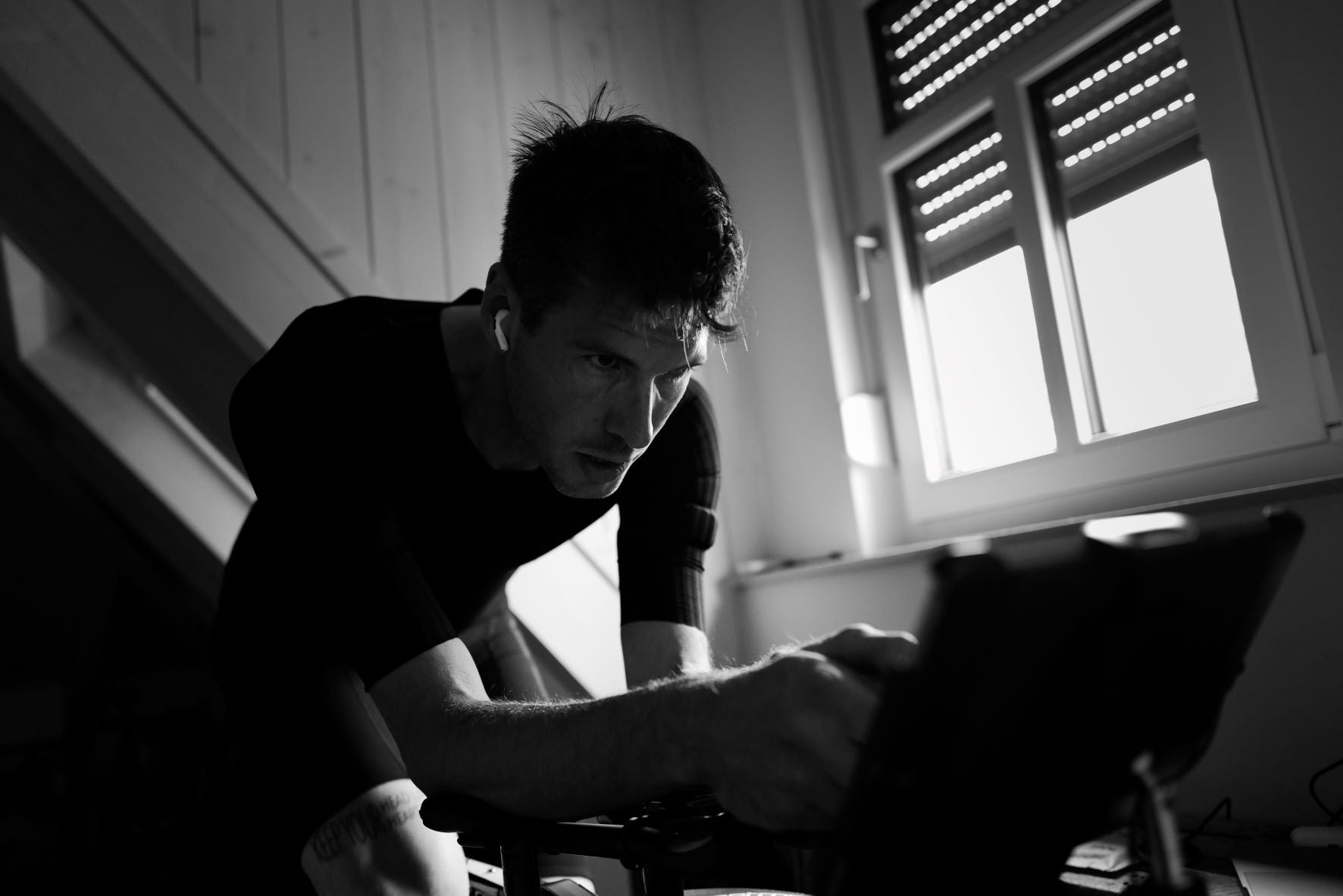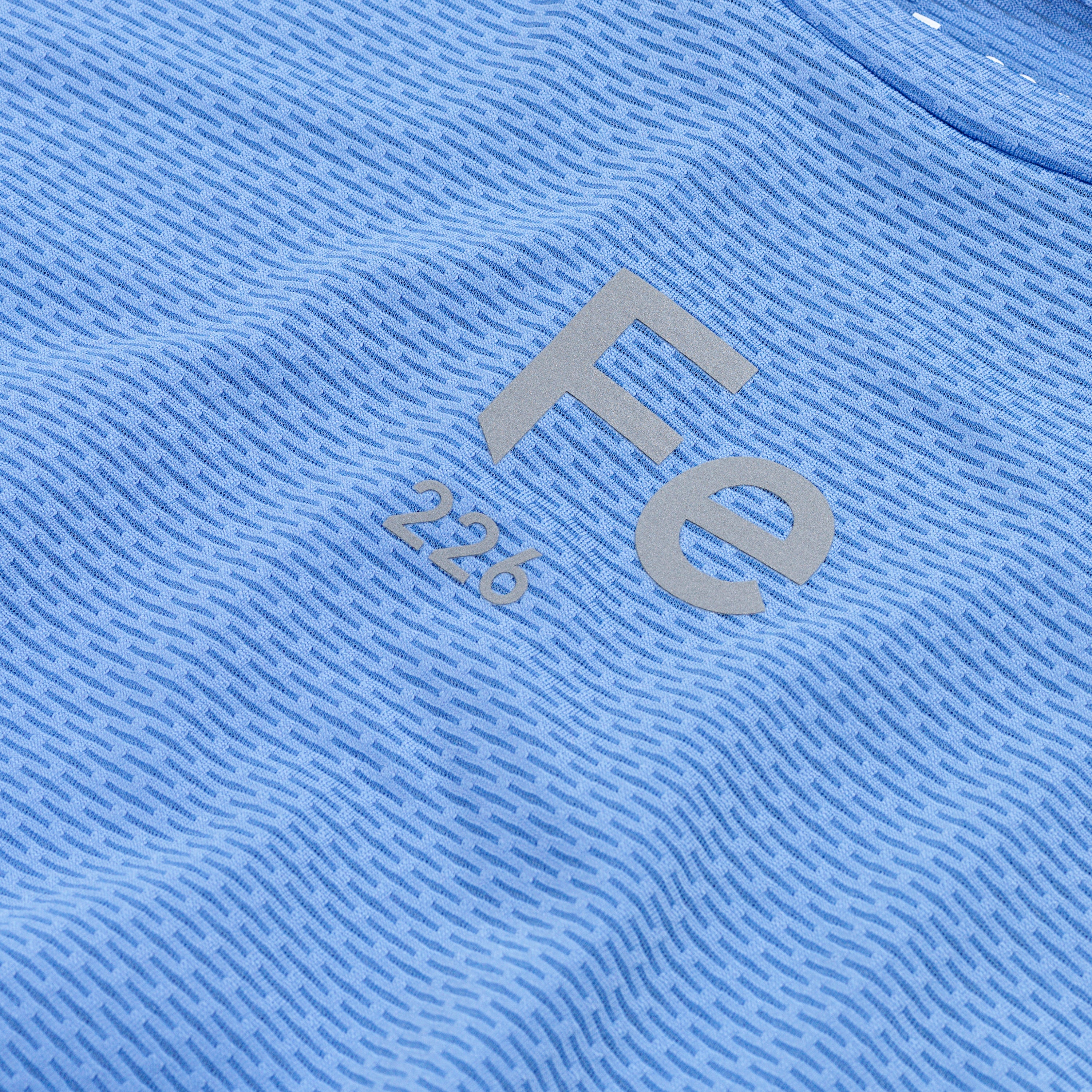
Reducing your environmental footprint | Fe226
Our belief is, that the keys to reducing the environmental footprint of sportswear are buying less, producing less, and mindful usage.
Buying less
The most effective way to reduce your carbon footprint is to buy less. Most of us have an abundance of sportwear in our closet, much of which we seldom use. That's why we encourage not to buy a specific item, unless you really need it. Meanwhile, if you do need an item, we strive to develop training and race kit of such quality that you only need the one. Read about our product dogmas here.
Producing less
According to European Environment Agency (EEA), 44% of the environmental footprint of sportswear comes from production, whilst 6% comes from transportation. On top of this, many fashion brands destroys vast amounts of unsold apparel each year. This is why we have chosen to reduce our production quantities, even if this is more costly. And it is the reason we produce everything locally, because we can reduce transportation whilst ensuring that our apparel is produced by socially and environmentally responsible partners.
Mindful usage
Surprisingly to many, a bit more than half of the environmental footprint of your sportswear stems from your usage (EEA). In short, the longer you use an item, and the less you wash it, the better for the environment. This is why our sportswear is made from durable fabrics and why all items are anti-bacterial. Thereby, you only need to rinse under cold water after use, and wash it for every 3-4 training sessions. As a result, you use less water and detergents. And less washing will extend the lifetime of your apparel.
We're not saying it's simple
Environmental footprint is a complex matter with a lot of difficult choices. For instance, most sportswear fabrics (polyester, lycra, elasthane, etc.) are made on a base of crude oil. This will affect carbon footprint in production. On the other hand, if you produce sportswear based on natural/regenerated materials (wool, cotton, recycled polyester, etc.), the performance and durability of the sportswear will be reduced, which will increase carbon footprint in usage. So, doing the right thing is not simple - that is why we have defined product dogmas to guide us on the way. Read more here.

Why we don't use recycled fabrics (until now)
We would love to use recycled fabrics for all our clothes - and be asured we are closely looking into this topic, searching for future solutions. We've been doing this for years and here is what we found out. It's only a snapshot and might (hopefully) change.
Many companies in the sports industry are currently turning to recycled PET (rPET), primarily taken from old PET bottles. What sounds so good like a circular economy is actually a dead end in the vast majority of cases. The textile industry takes the recyclable material PET out of a functioning cycle (beverage industry). New bottles or different packaging materials could have been produced from it. PET may not circulate infinitely, but it can circulate quite often. But: if you now produce sportswear from it, the material is taken out of the cycle. The cycle is thus interrupted and the material ends up in landfills or incineration, when you throw away your sportswear someday.
There are certainly some useful applications for the so-called ocean plastic – but not necessarily in clothing industry: Textiles are usually not made of plastics from the oceans because the plastic is not suitable for this. Plastic becomes porous in seawater over time – salt, sand, sun, etc. simply crush it. That means, it won't last for very long and you'll create more microplastic by wearing and washing them.
Companies diligently advertise that they free the environment from plastic bottles and plastic waste in order to produce textiles from them. And therfore claim, they are sustainable and environmental friendly.
Here's why we are not following this path: It suggests that we are doing something good by buying the clothes. So we buy even more.
As we stated above, our belief is, that the keys to reducing the environmental footprint of sportswear are buying less, producing less, and mindful usage.
x
Lone, Morten & Nis



